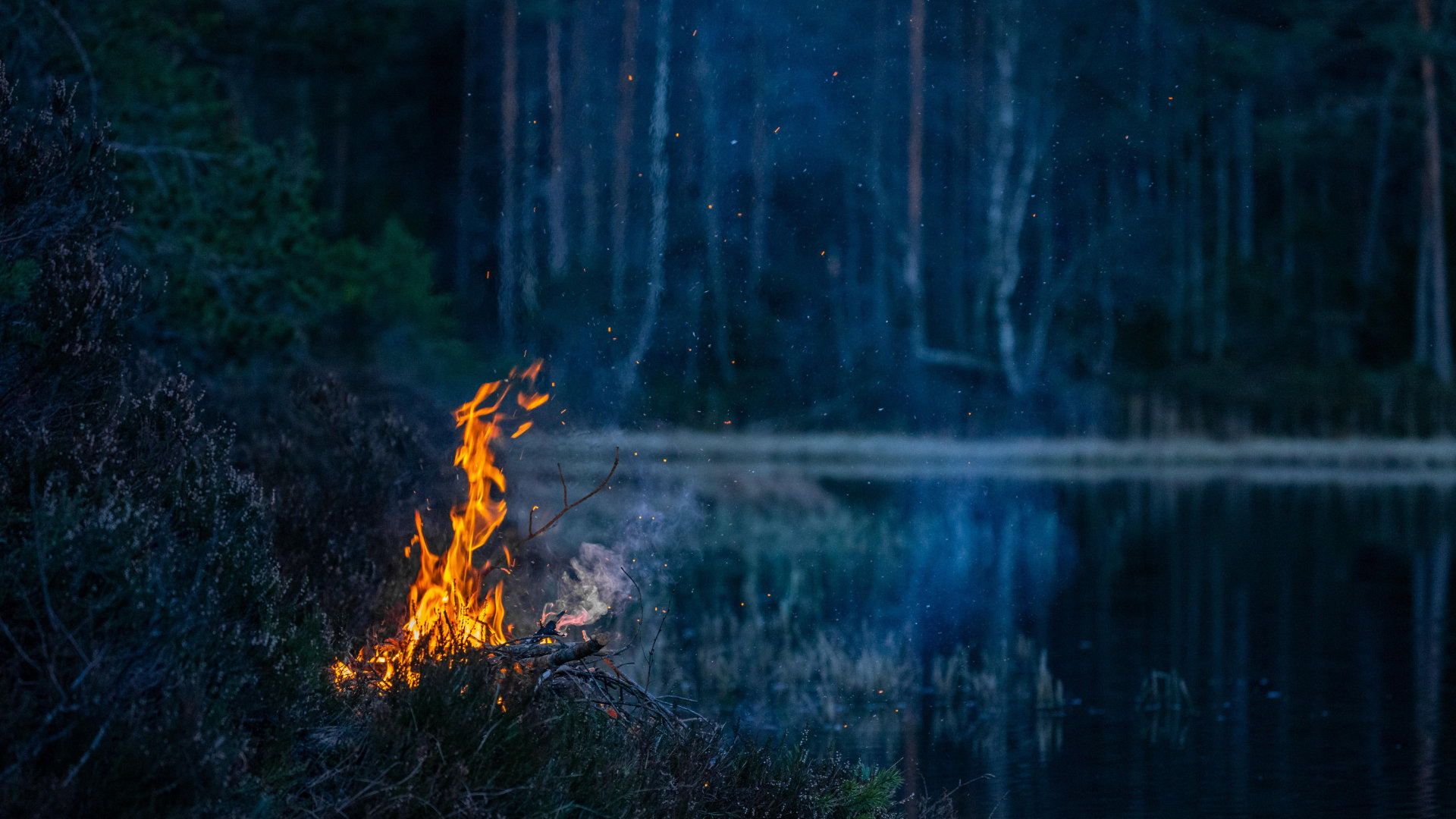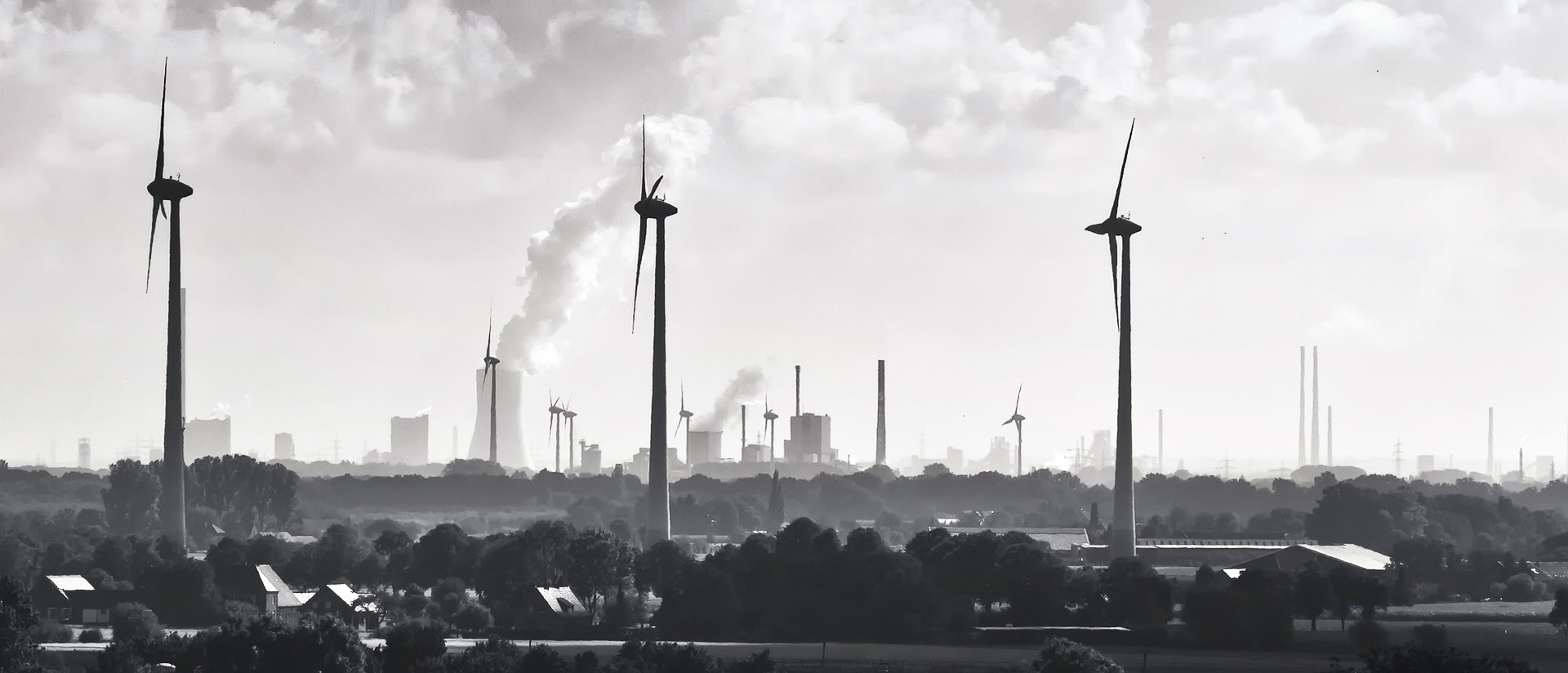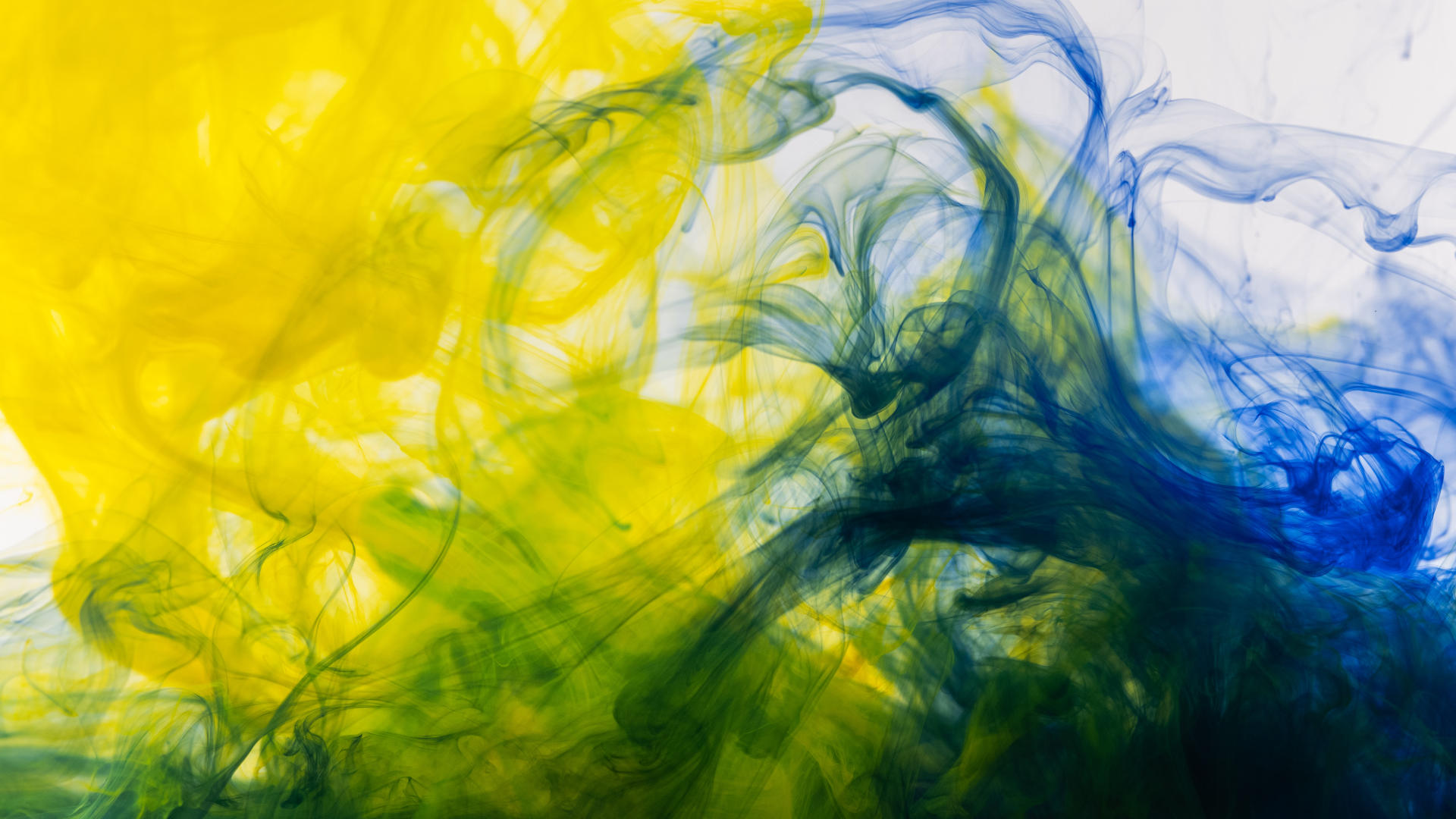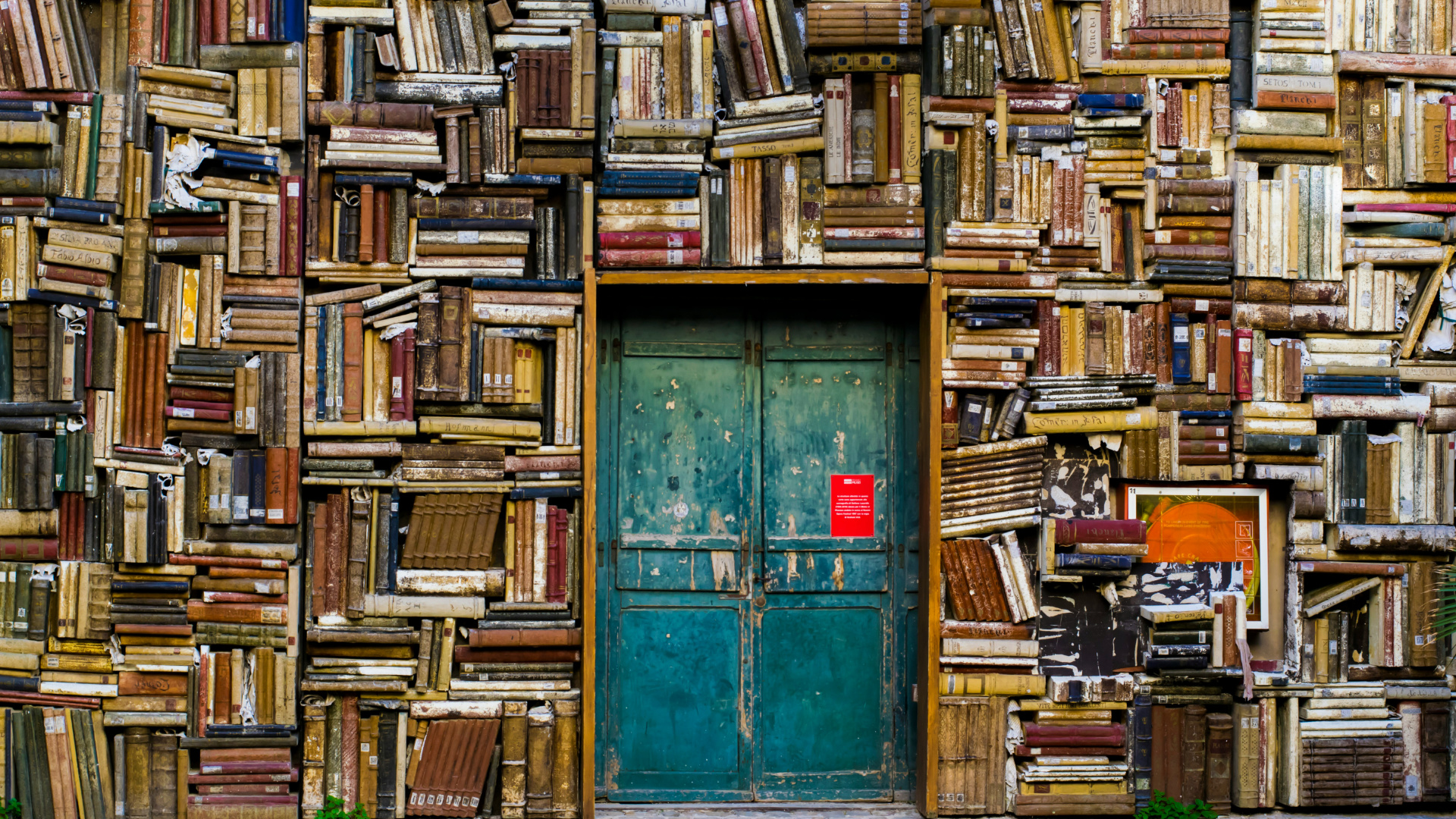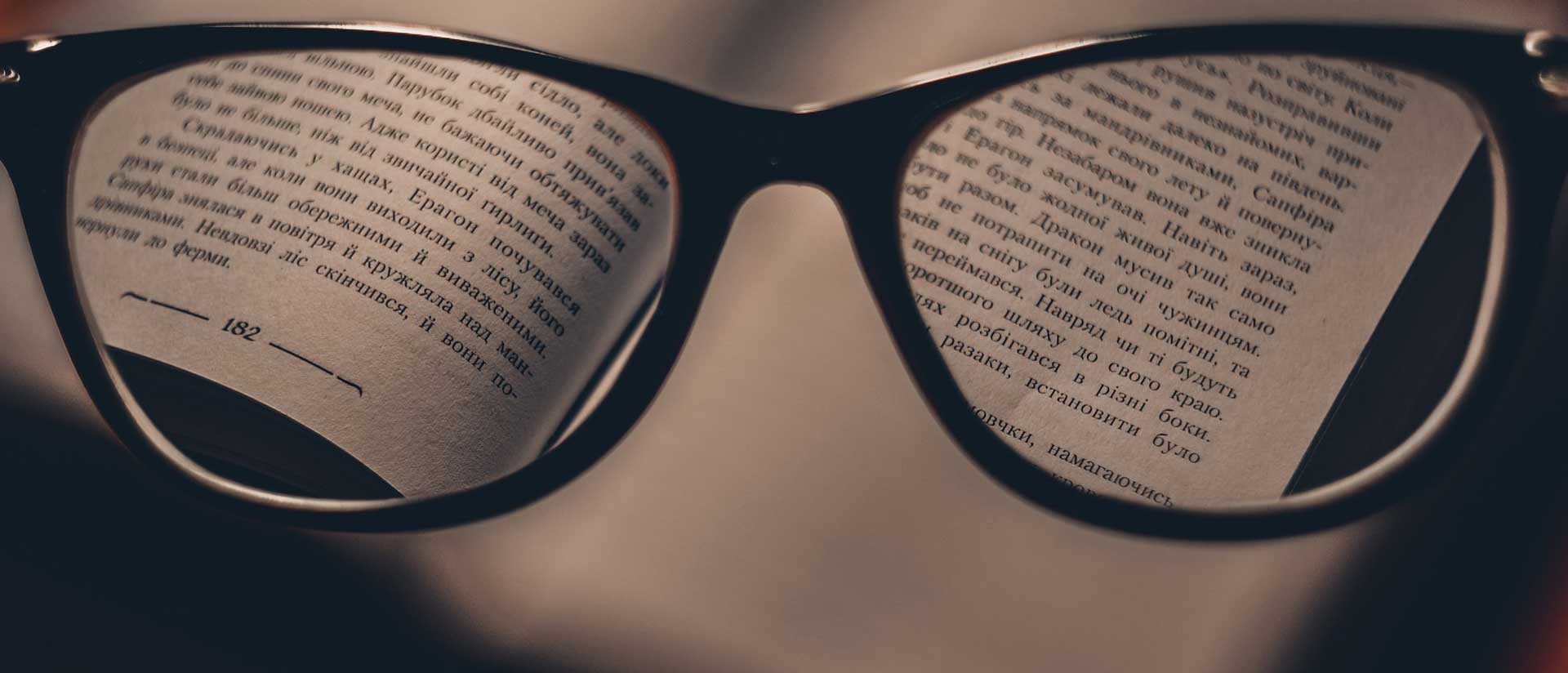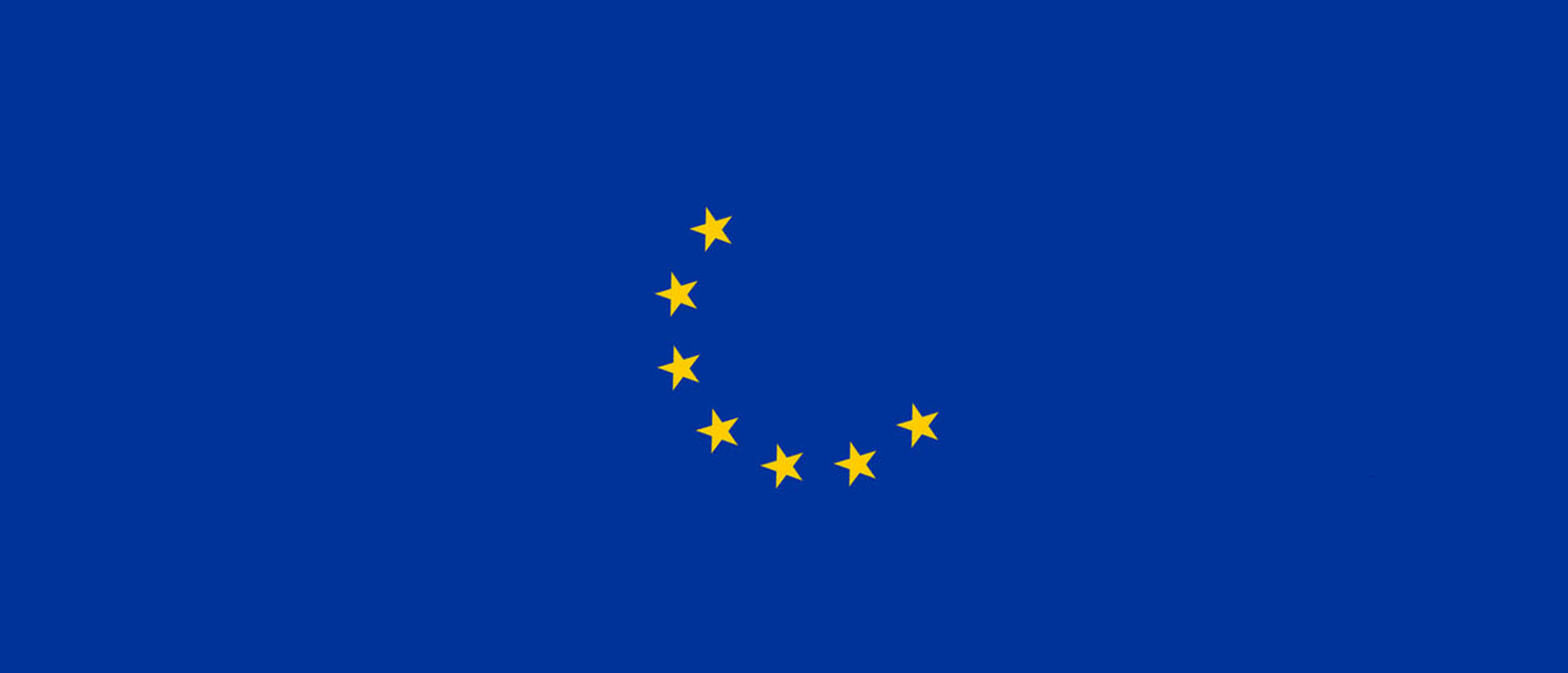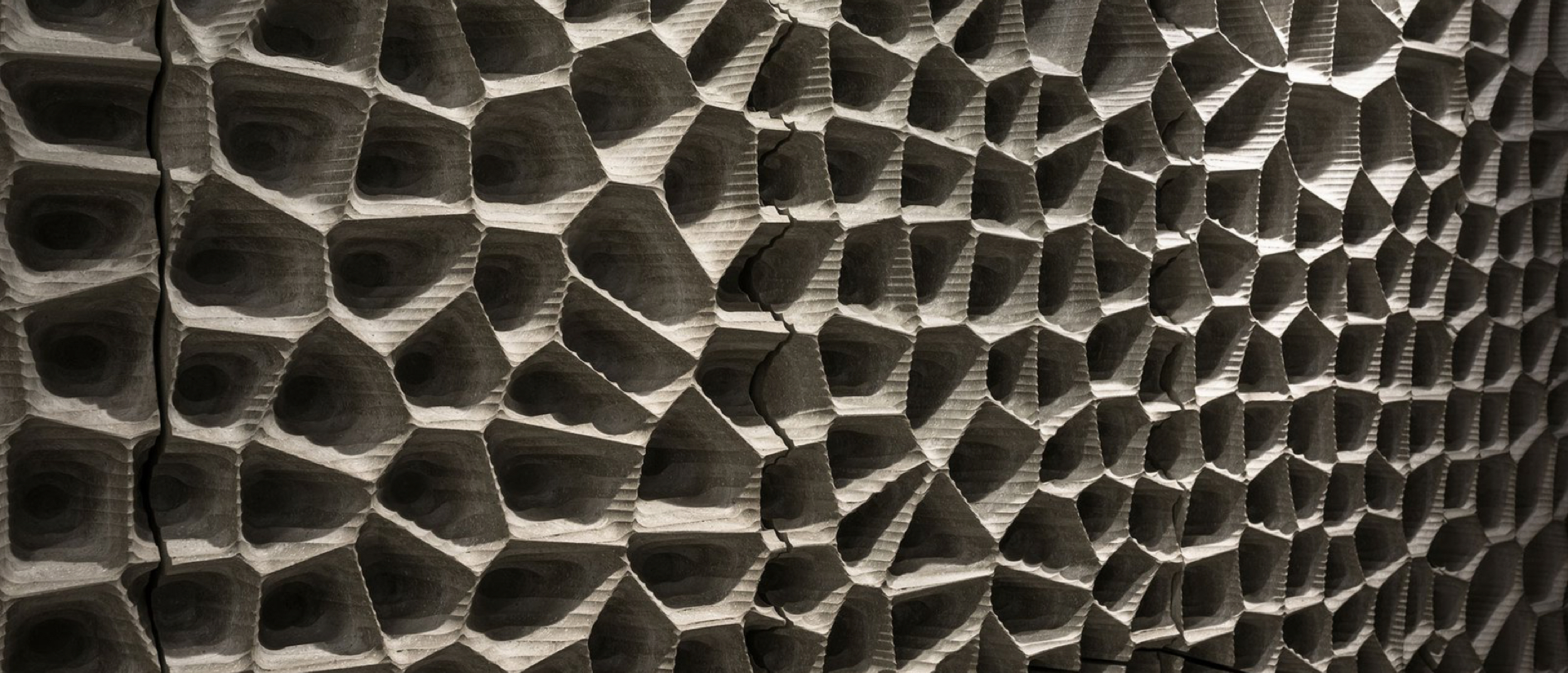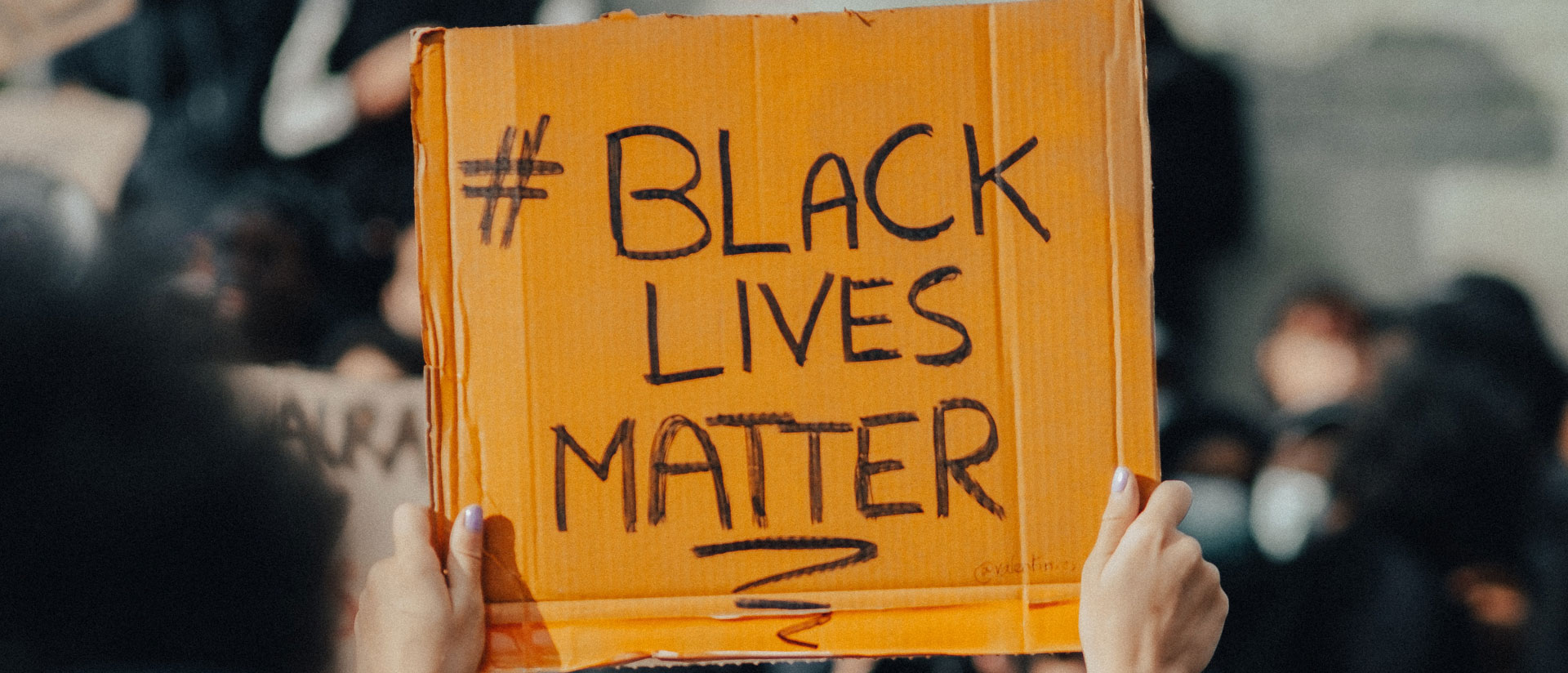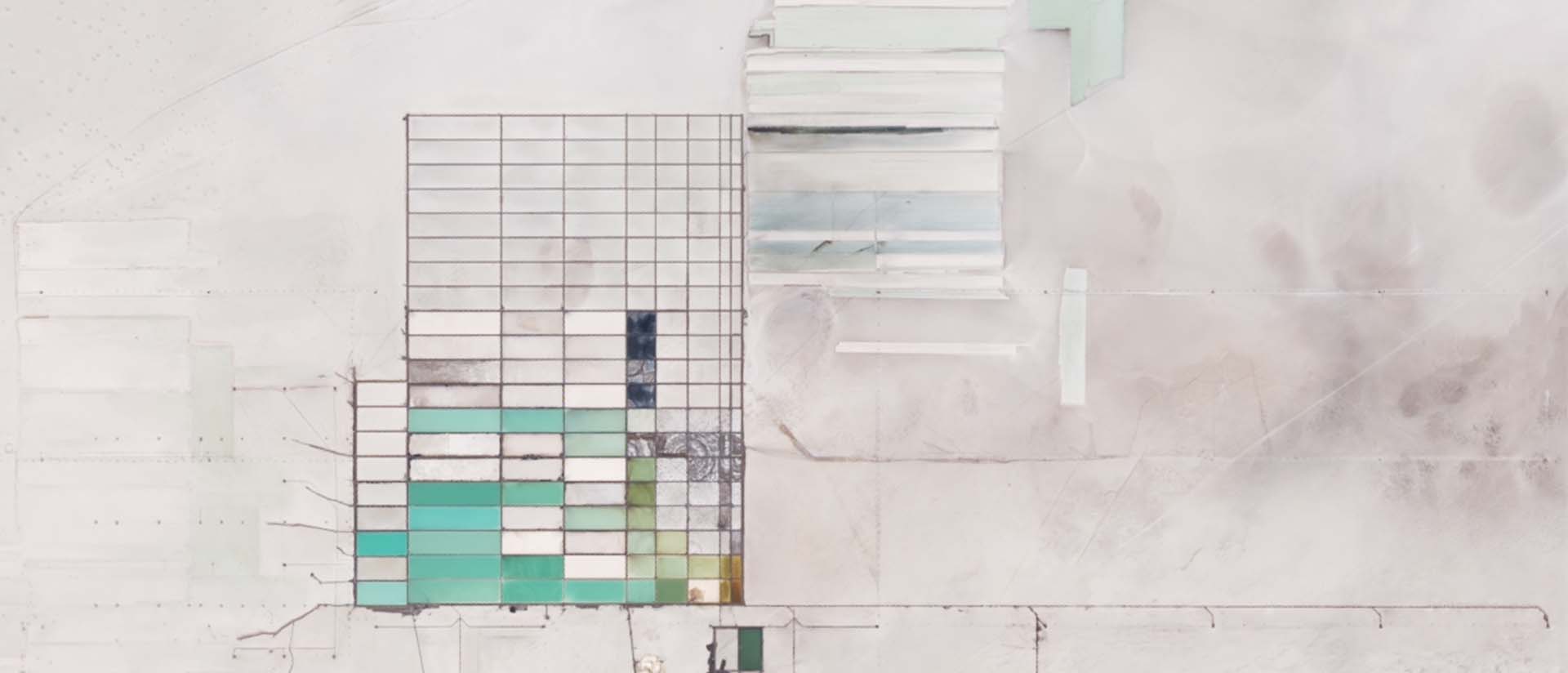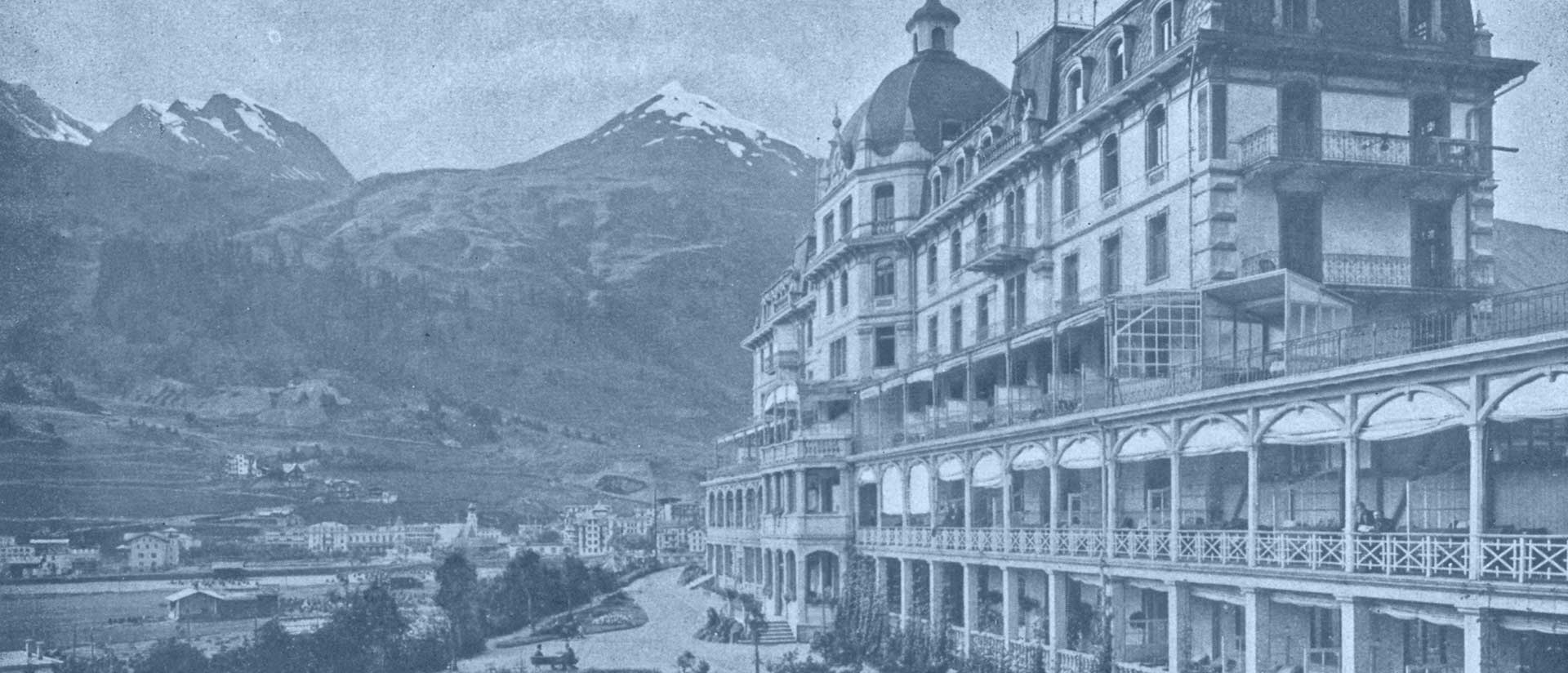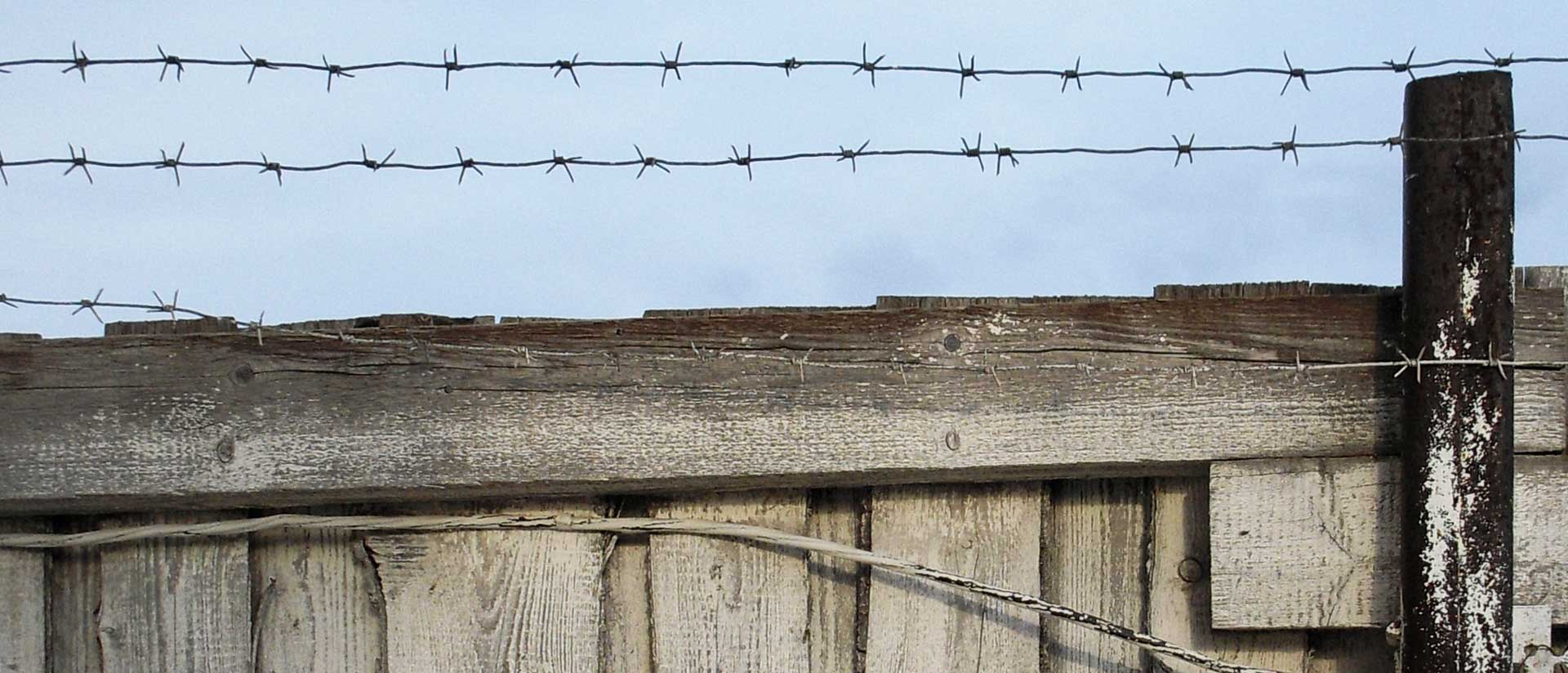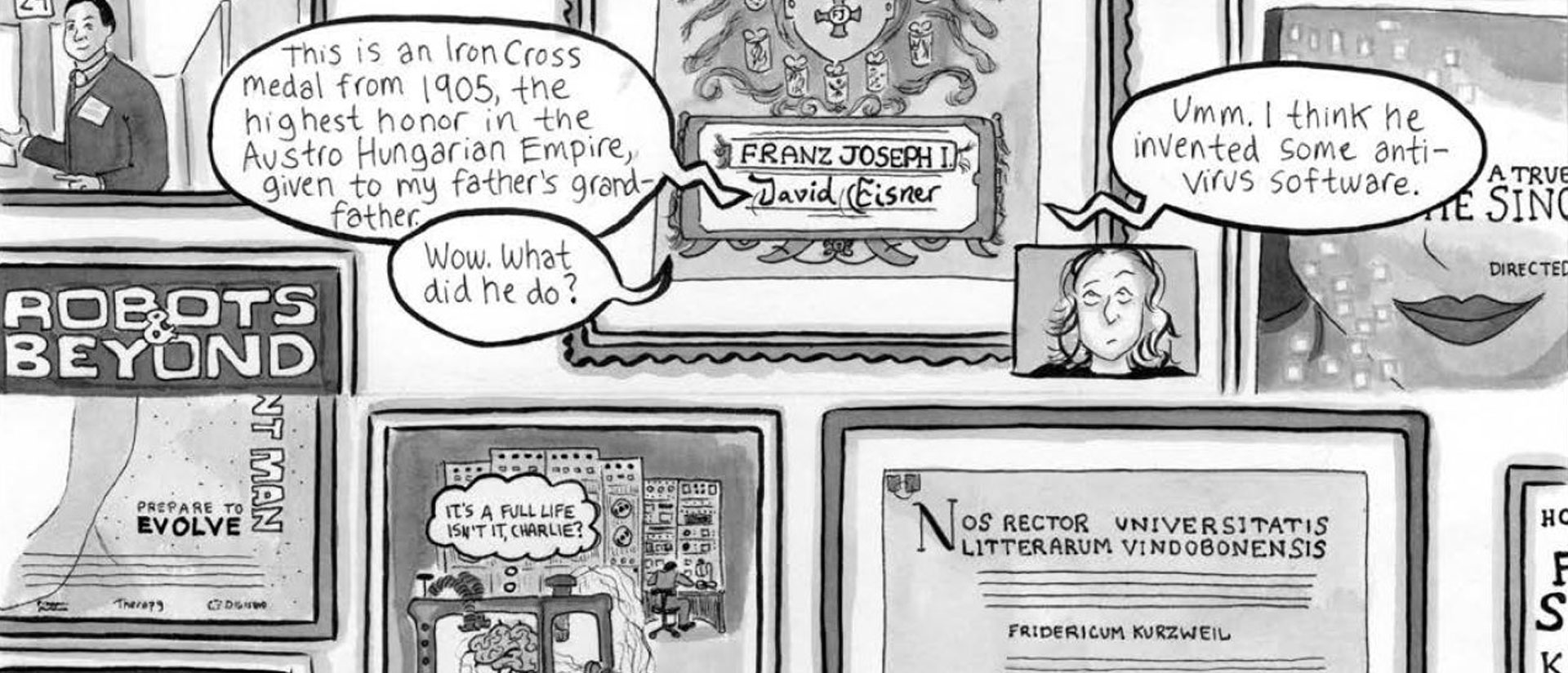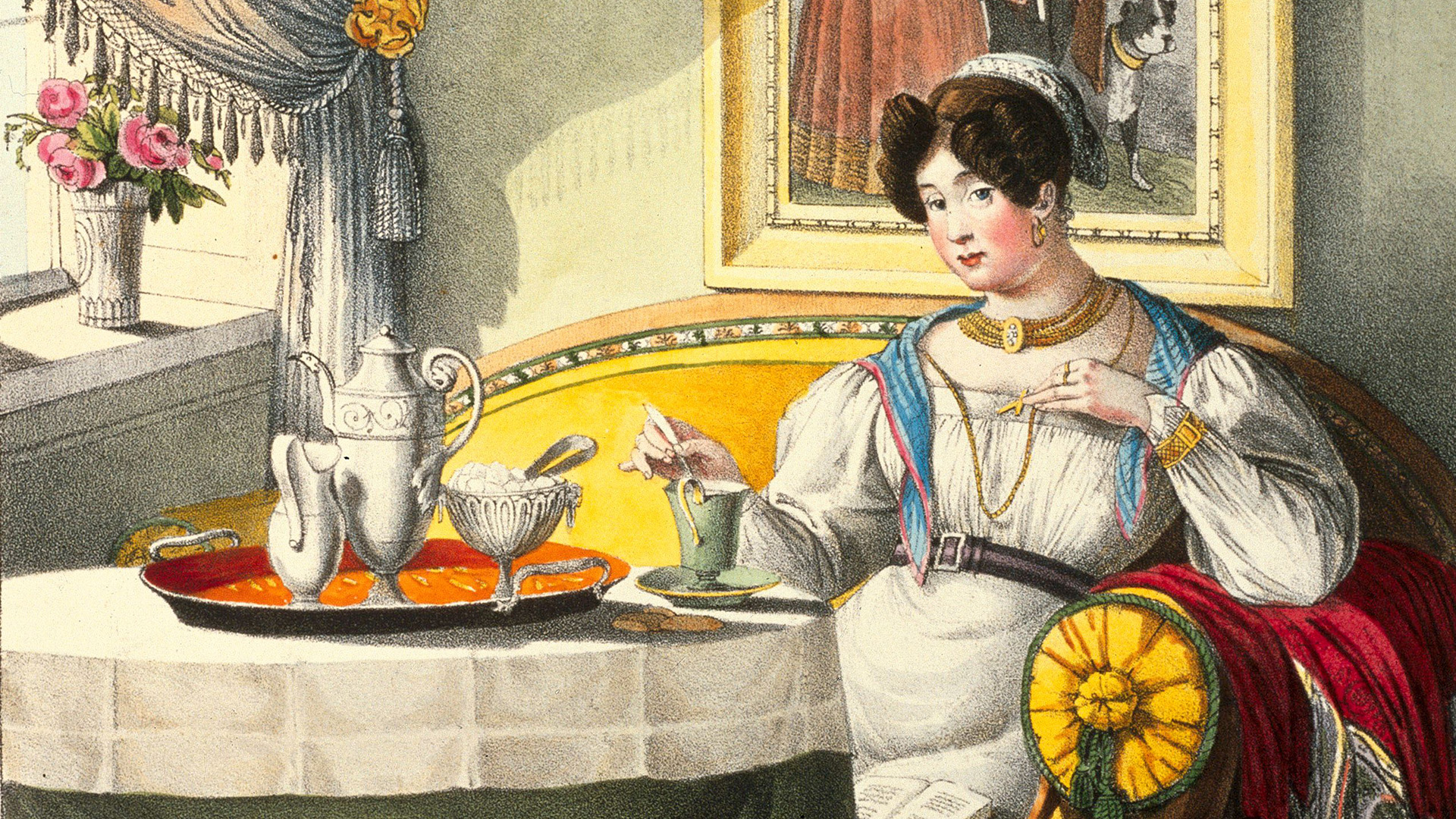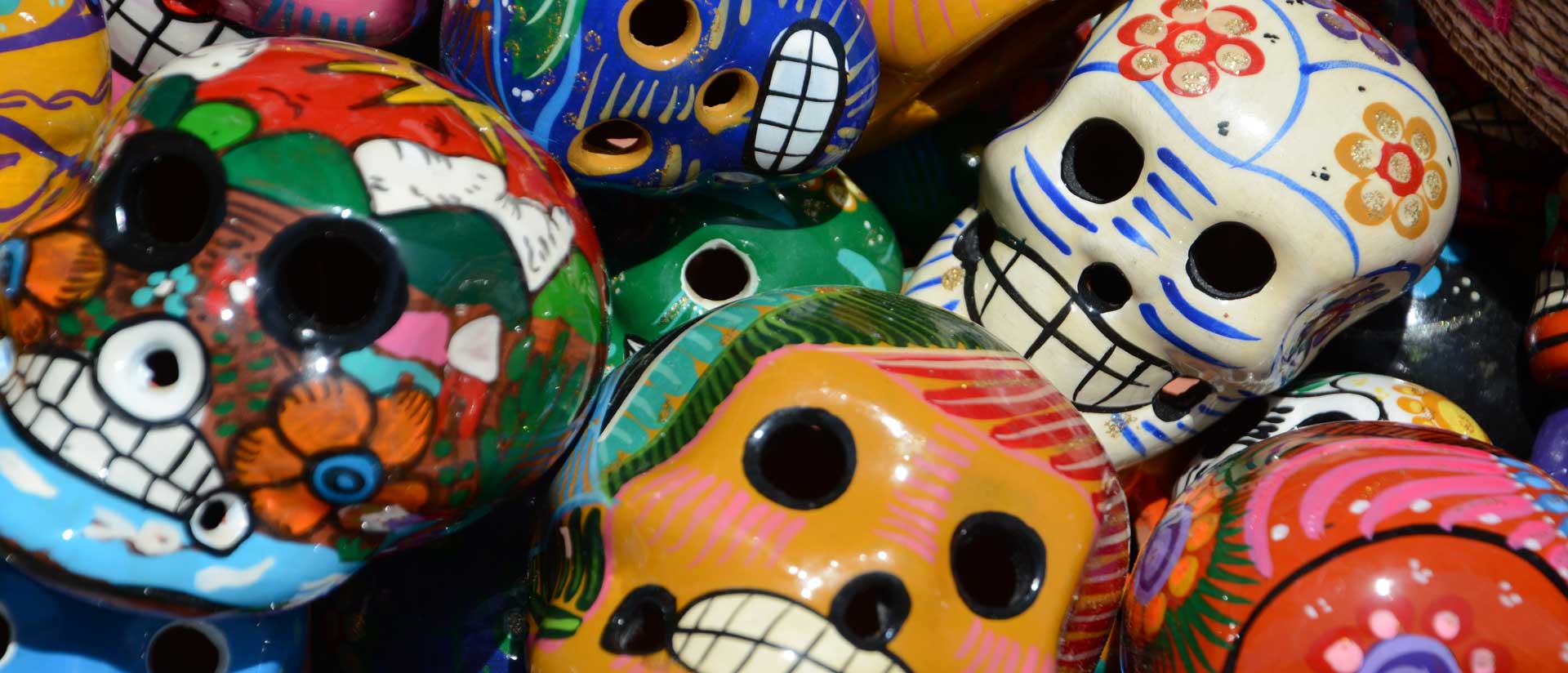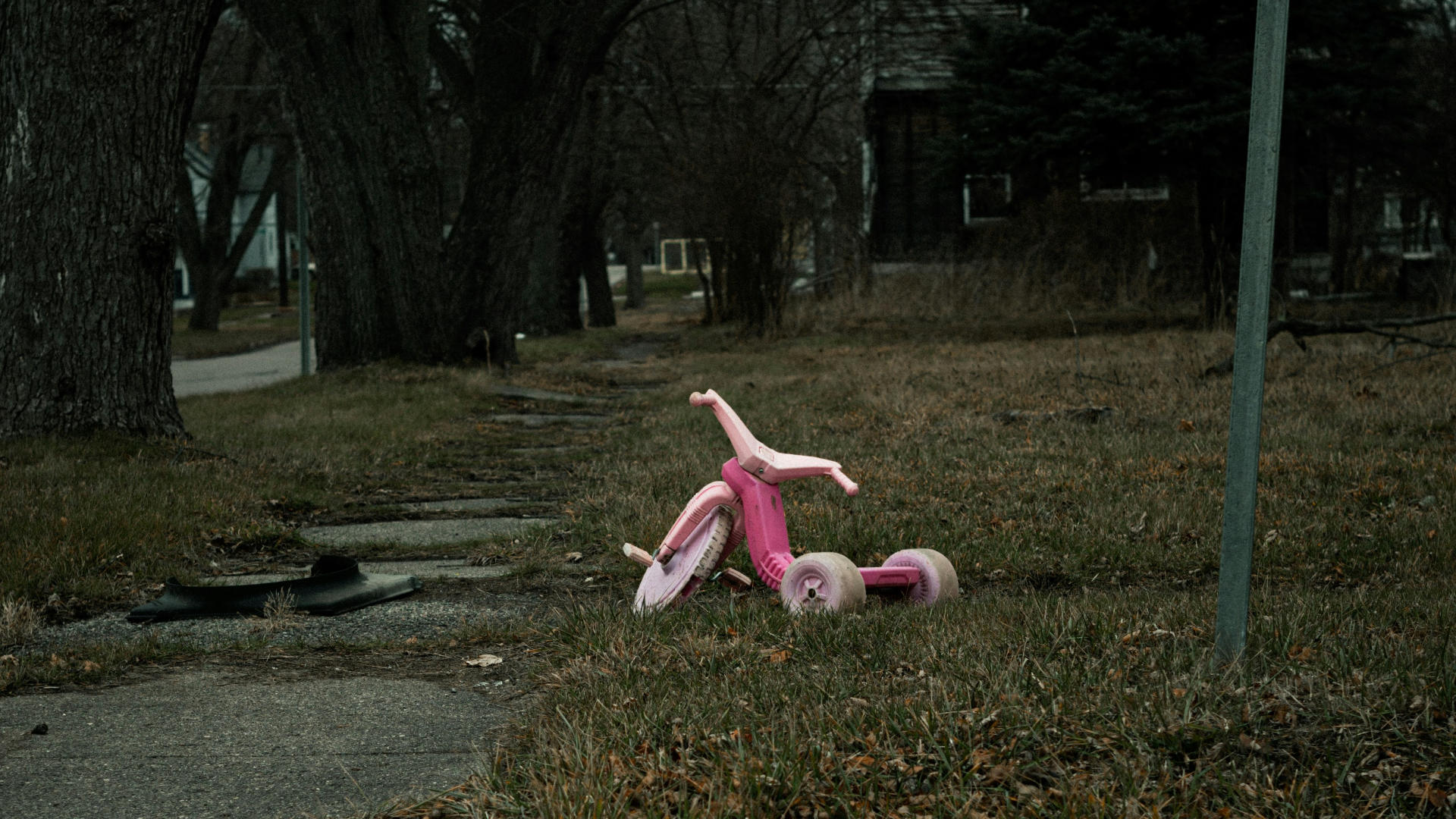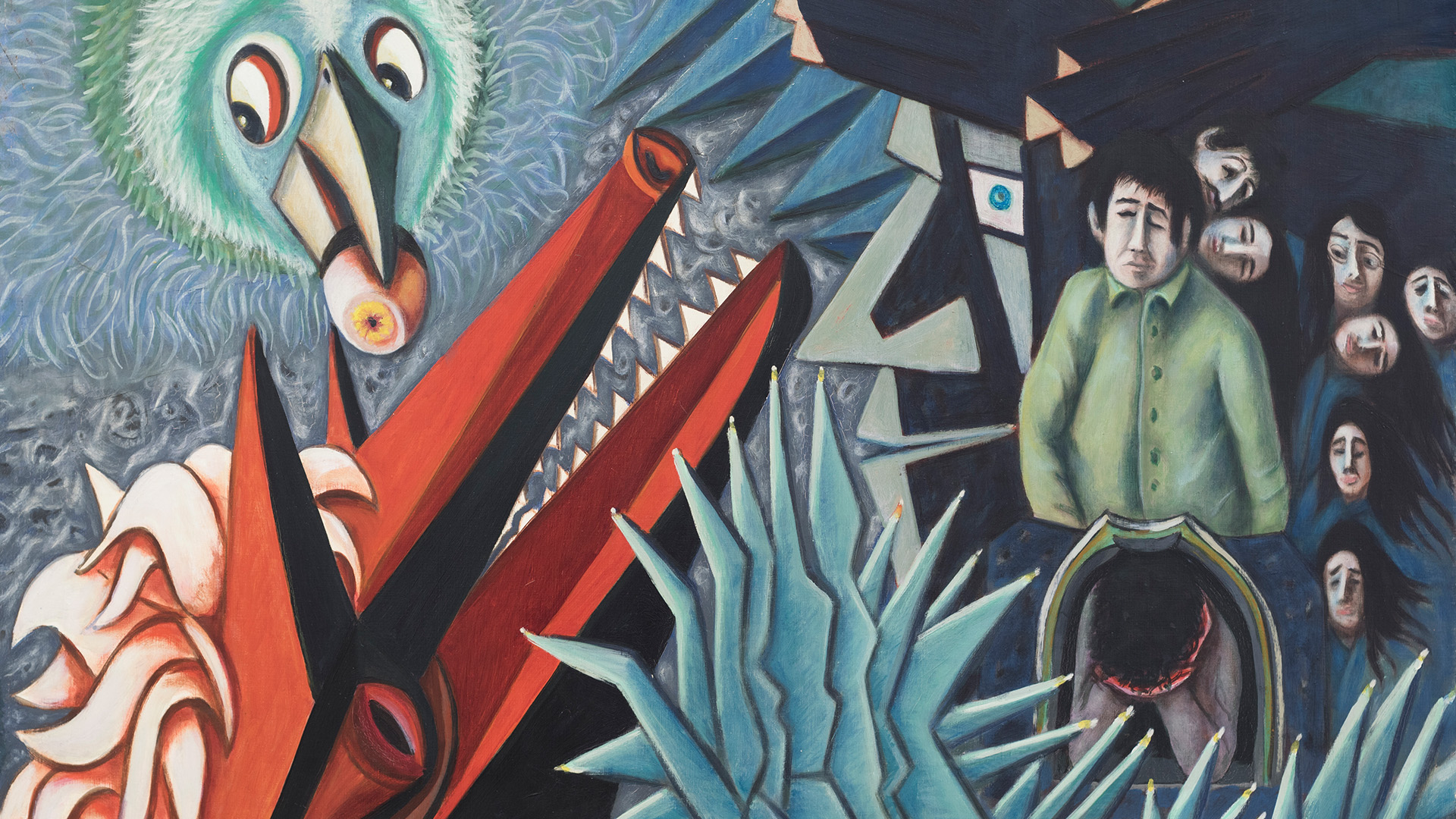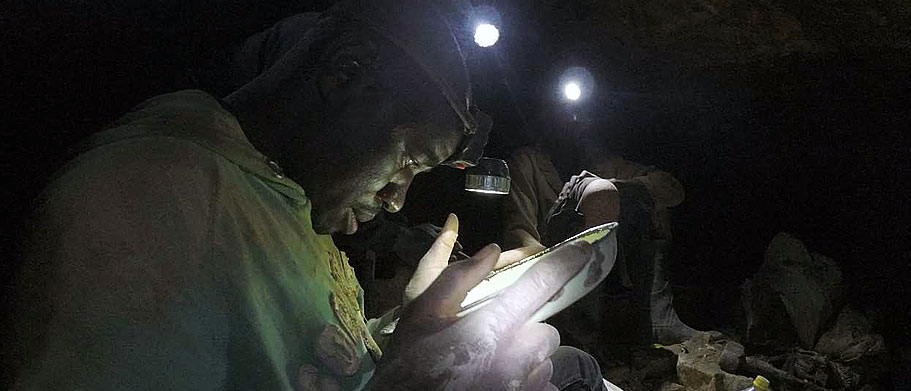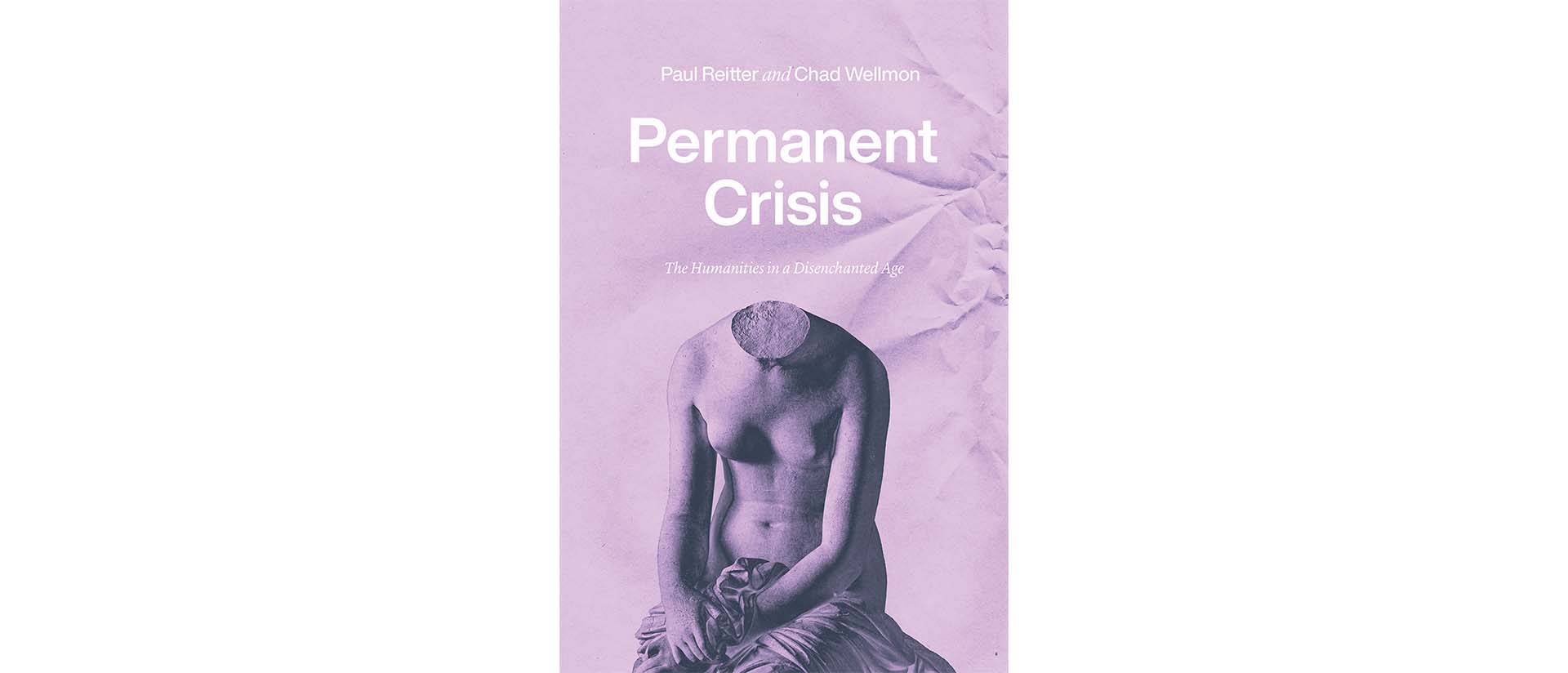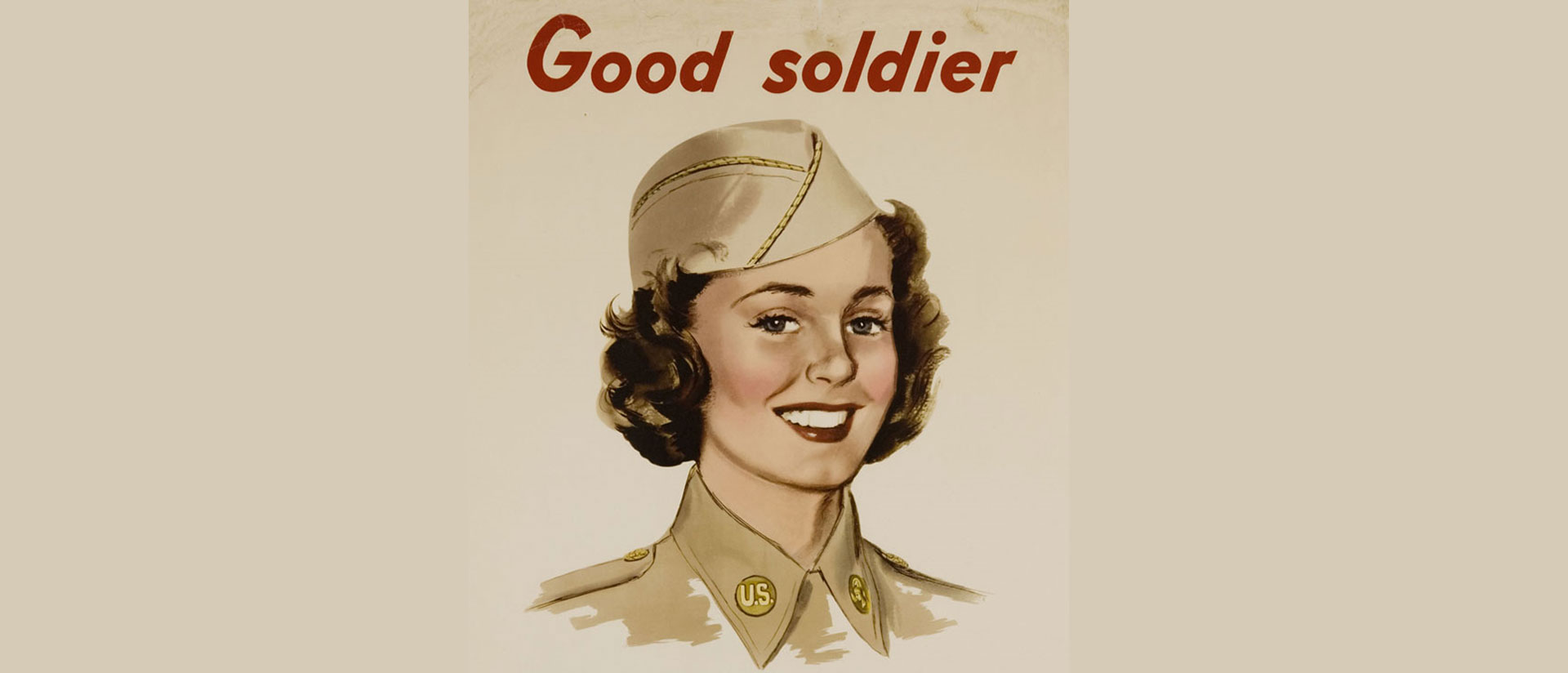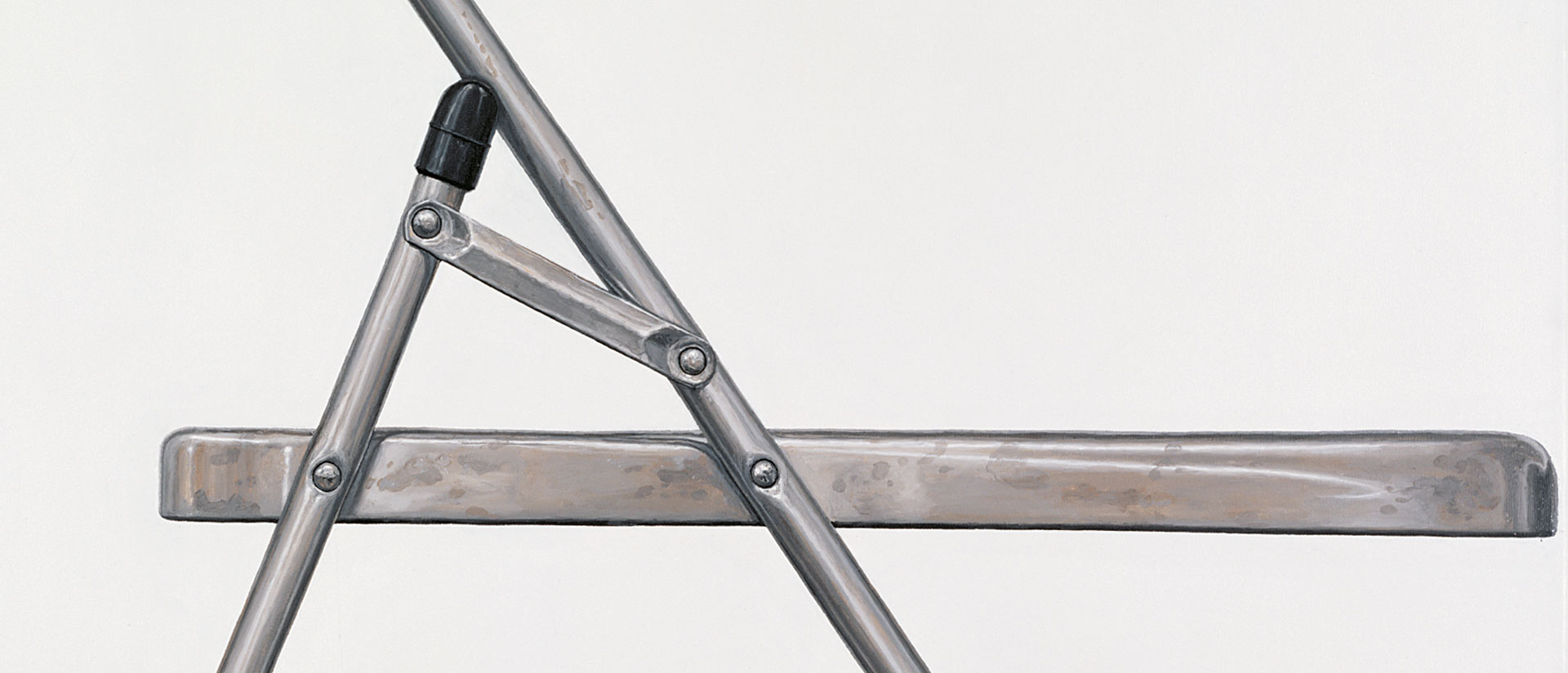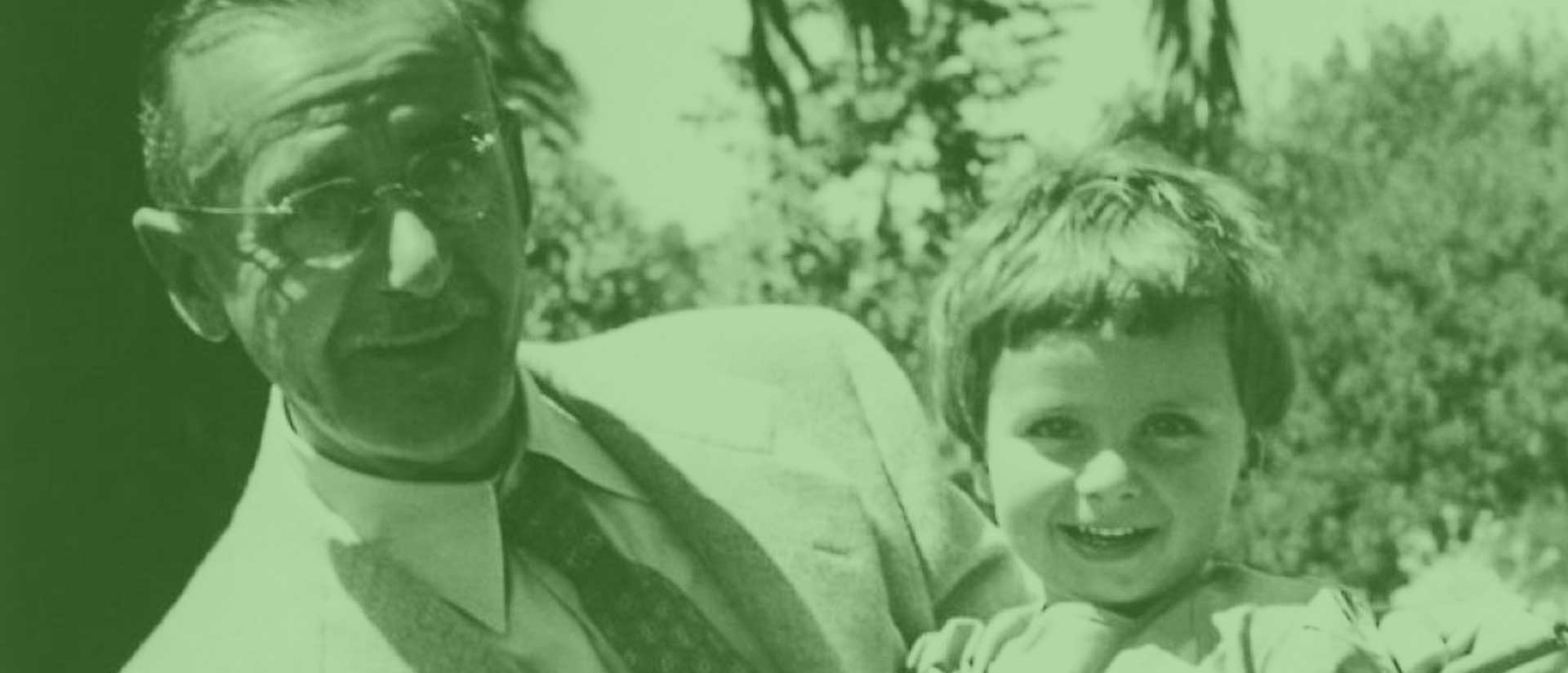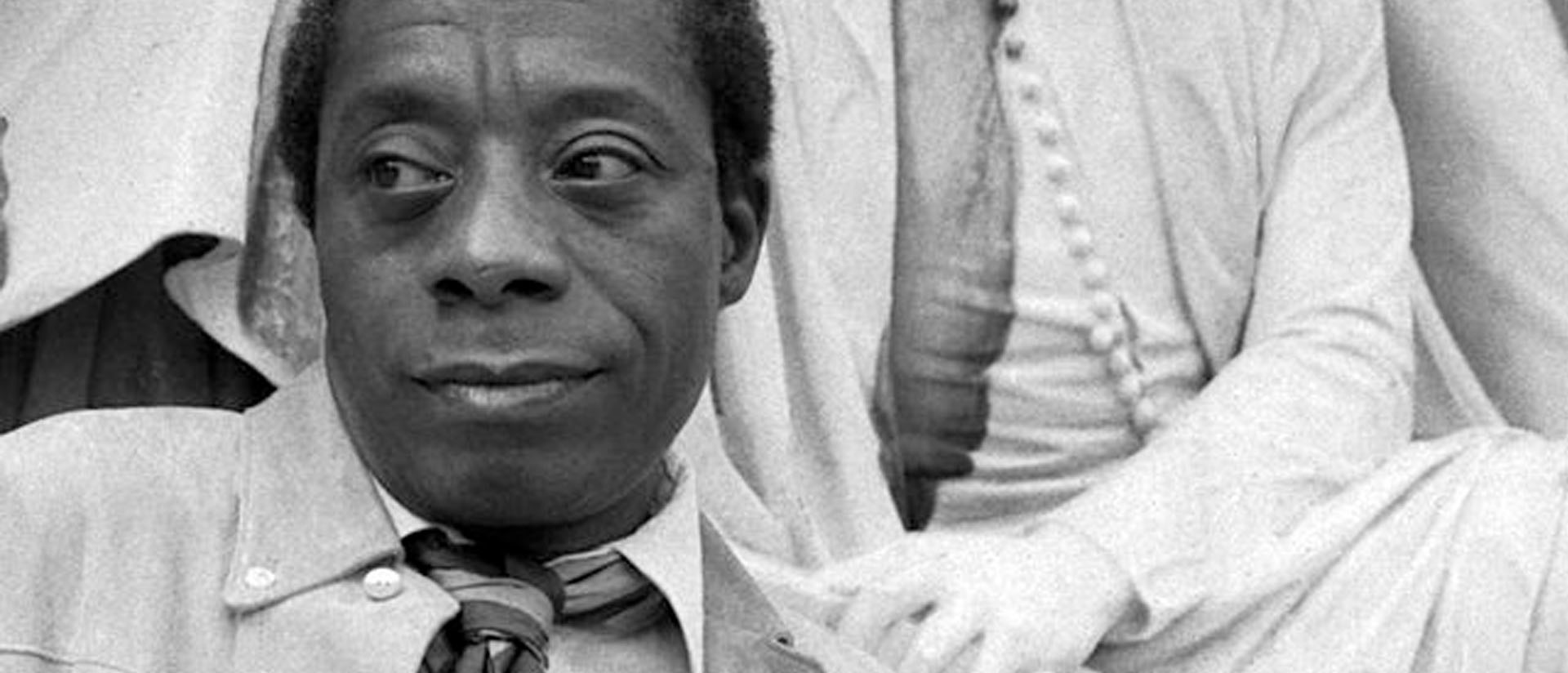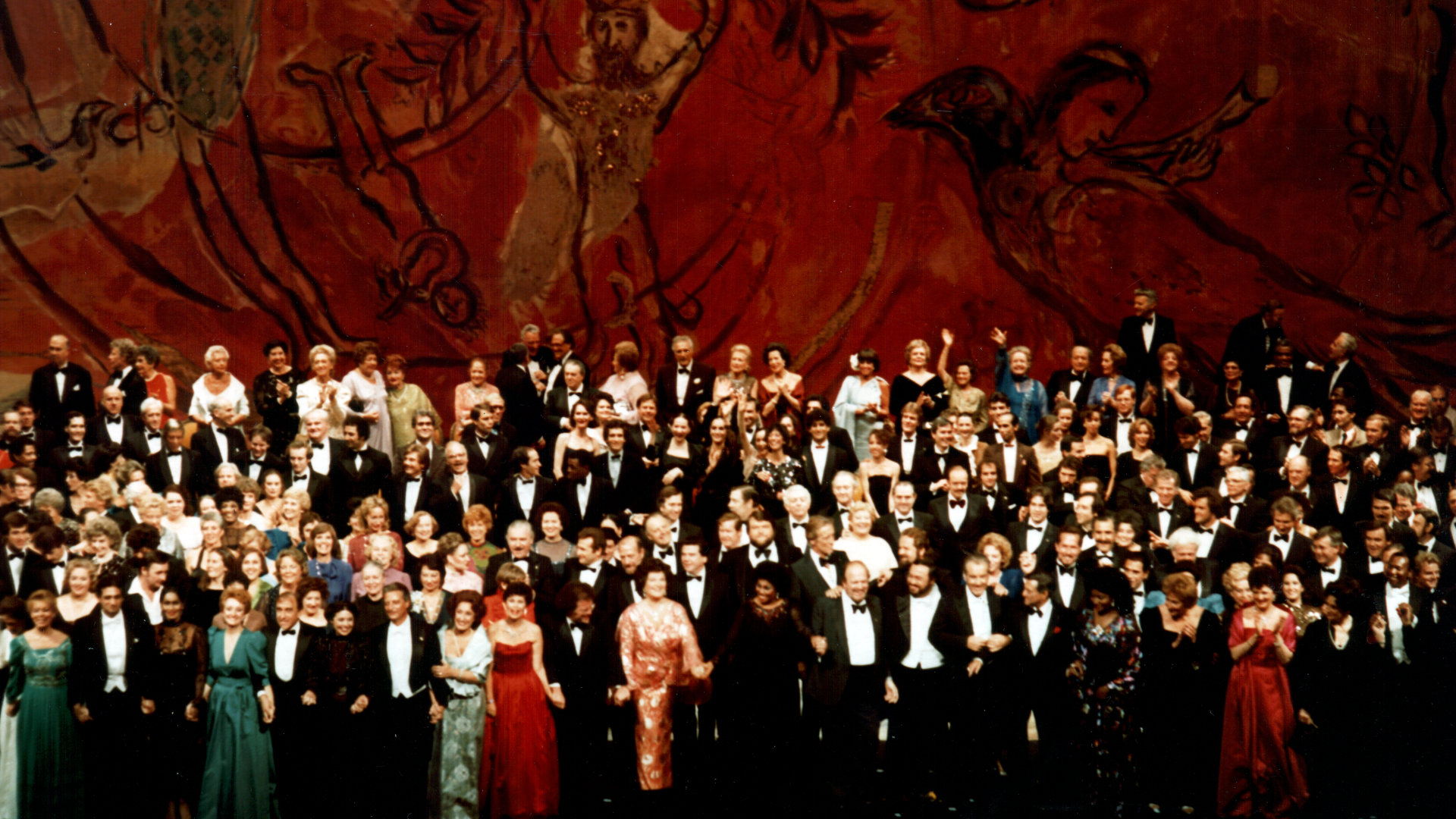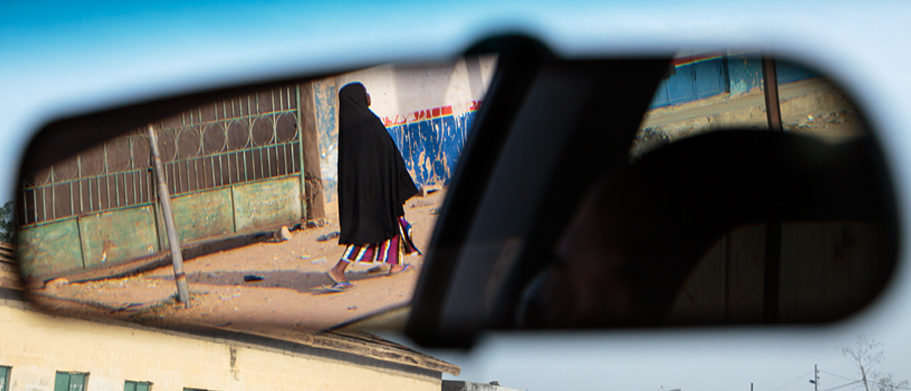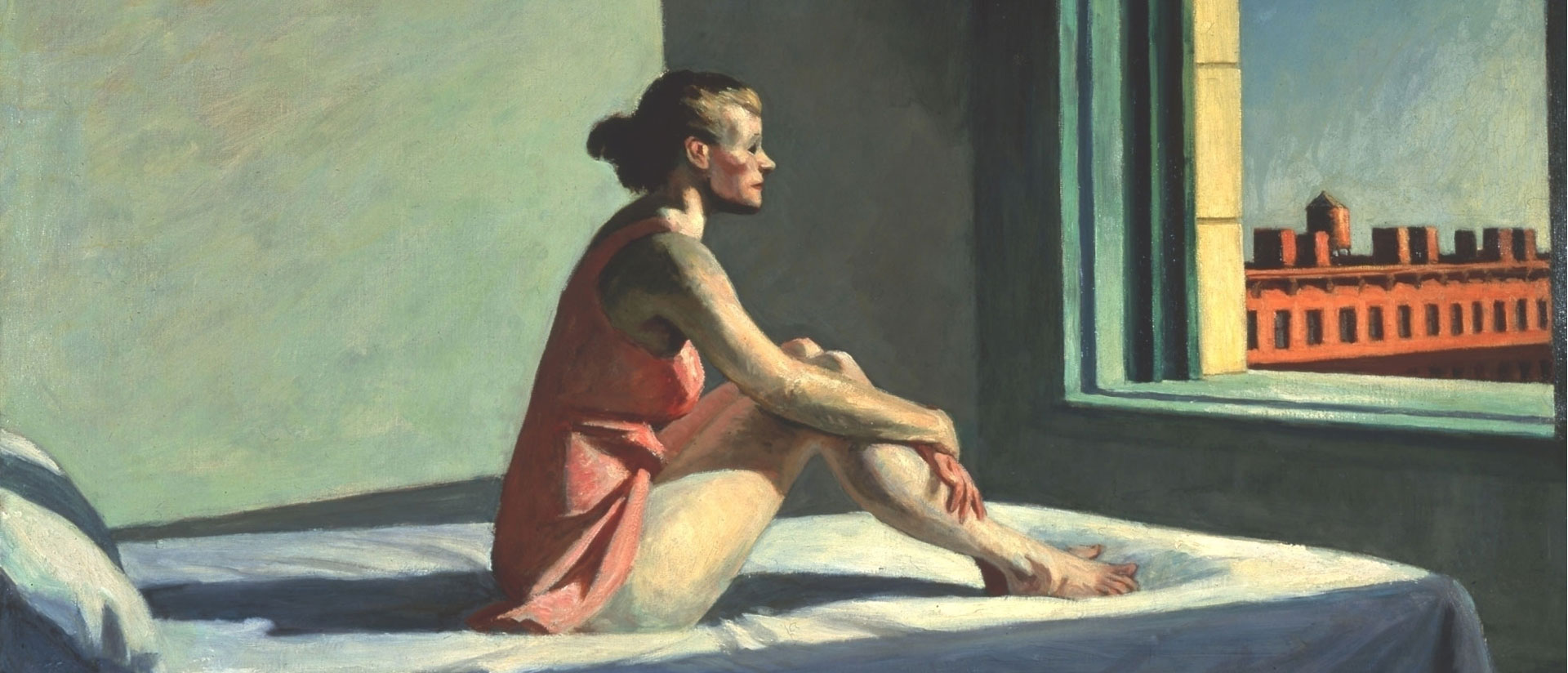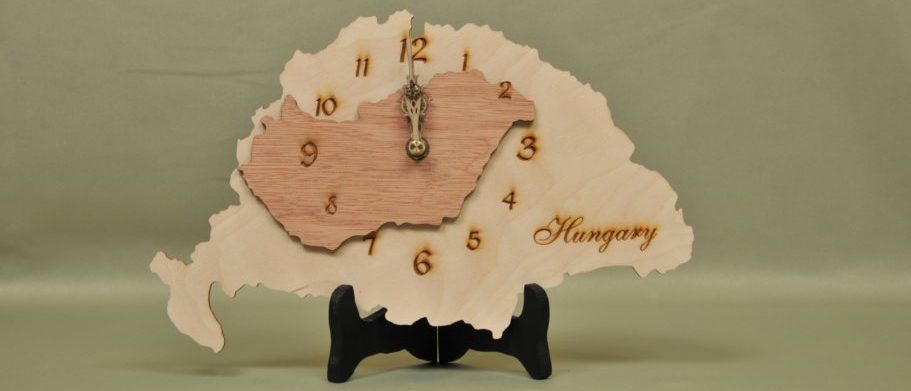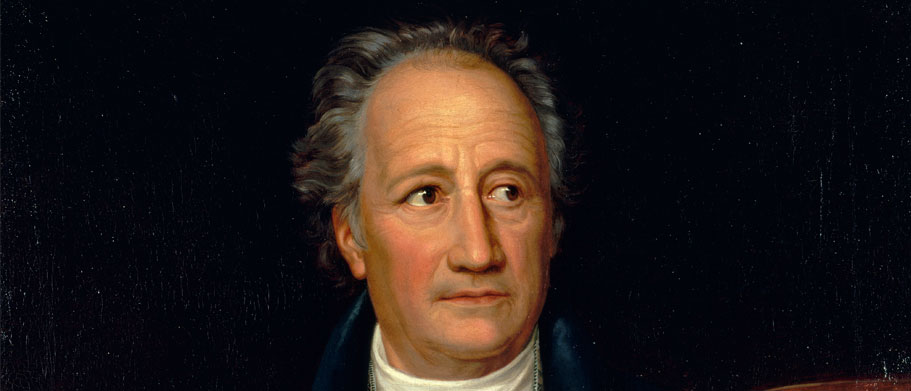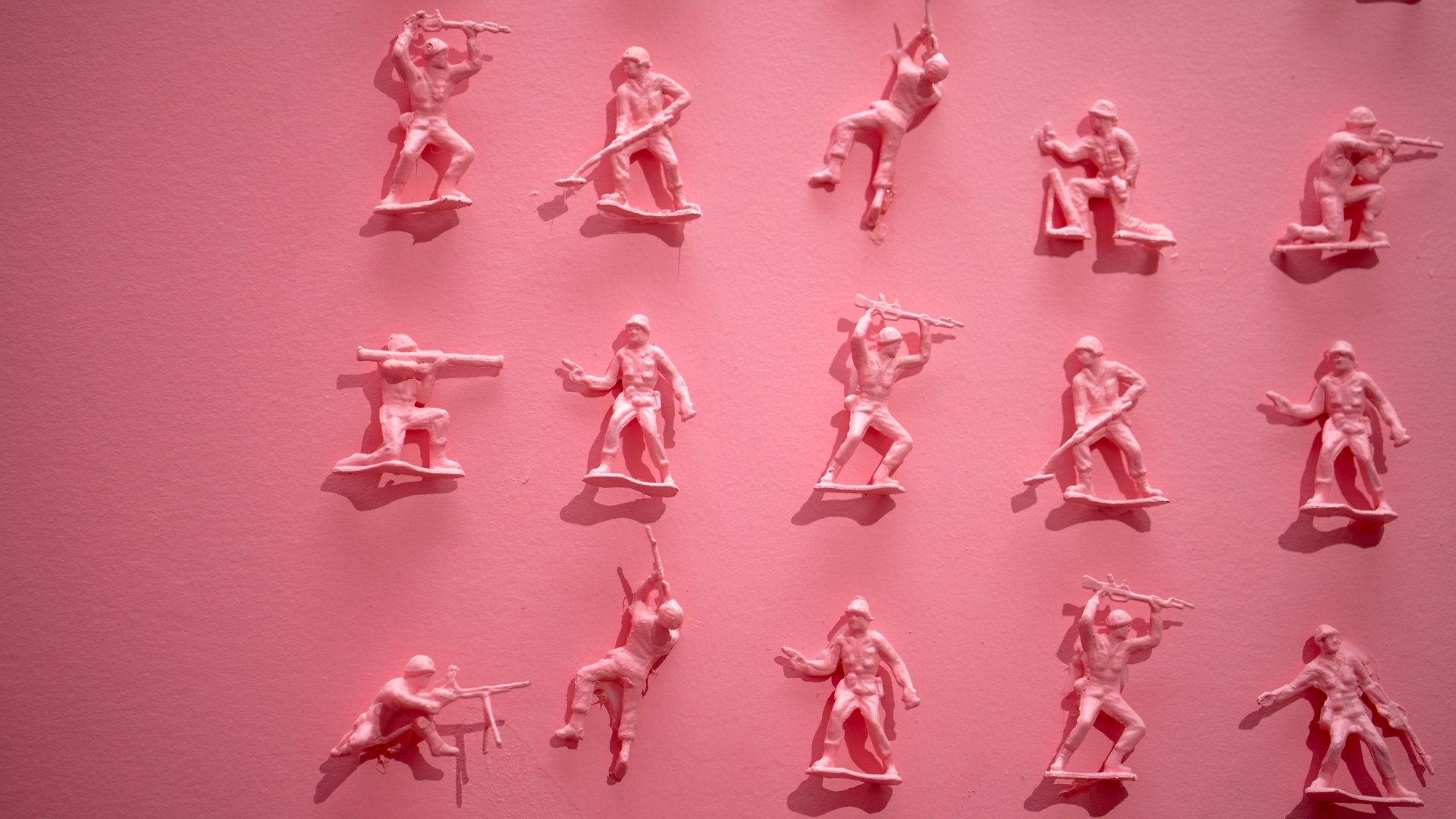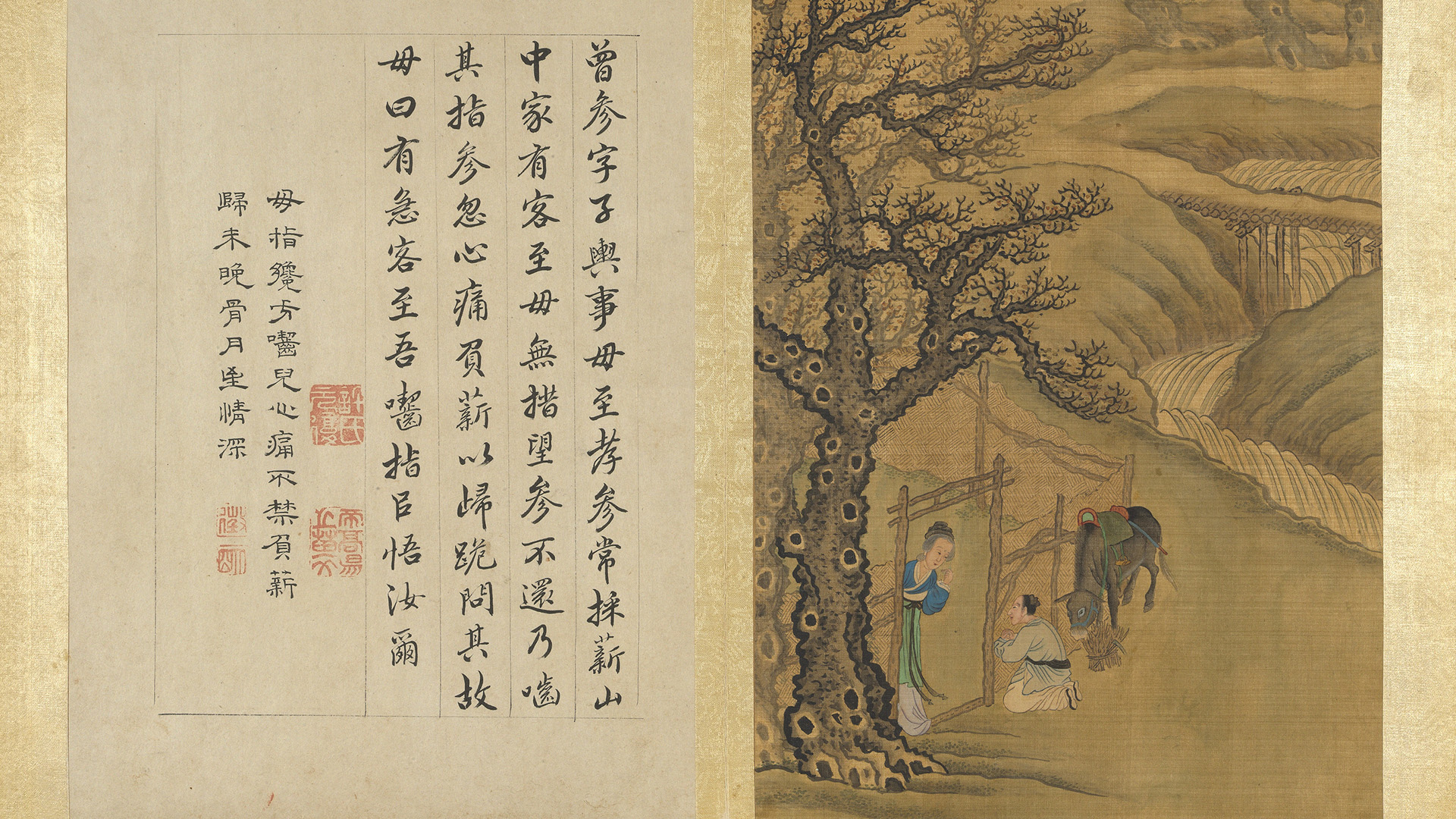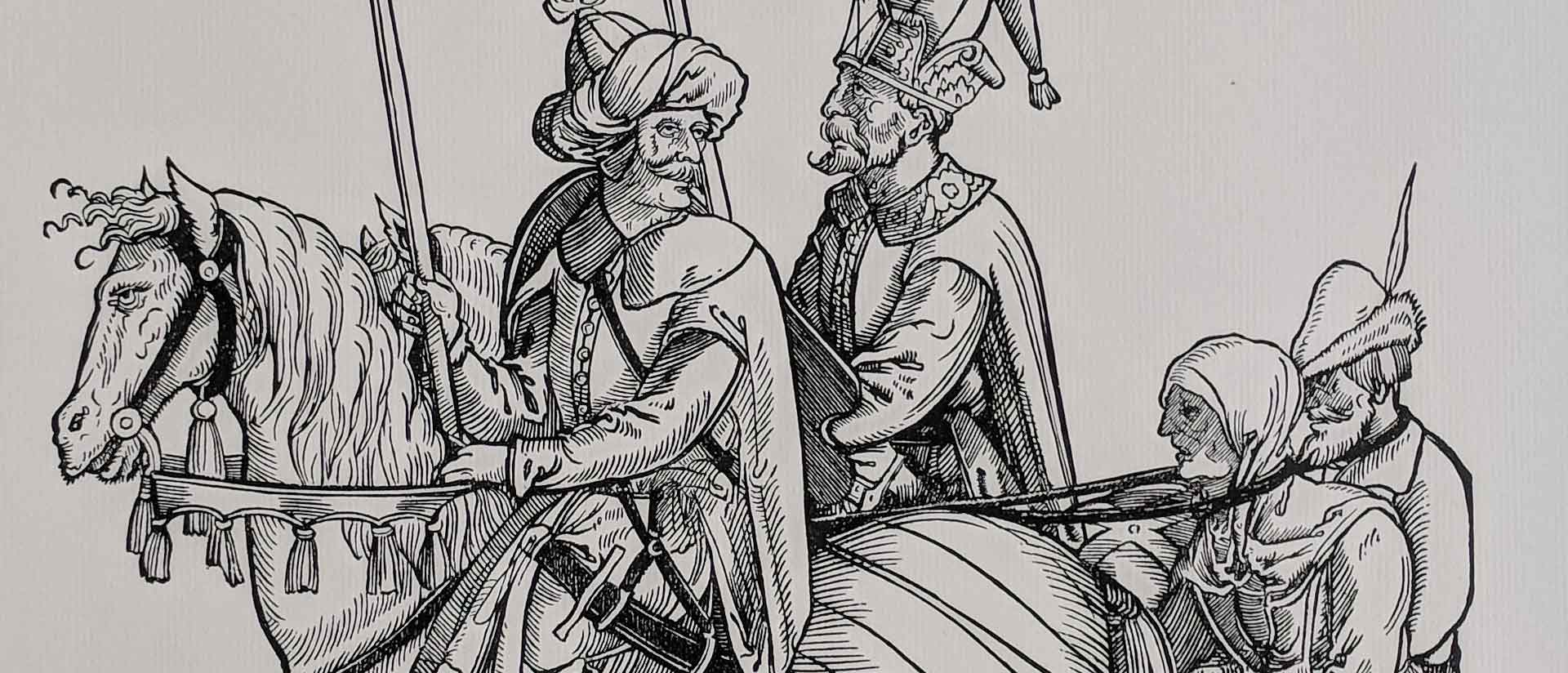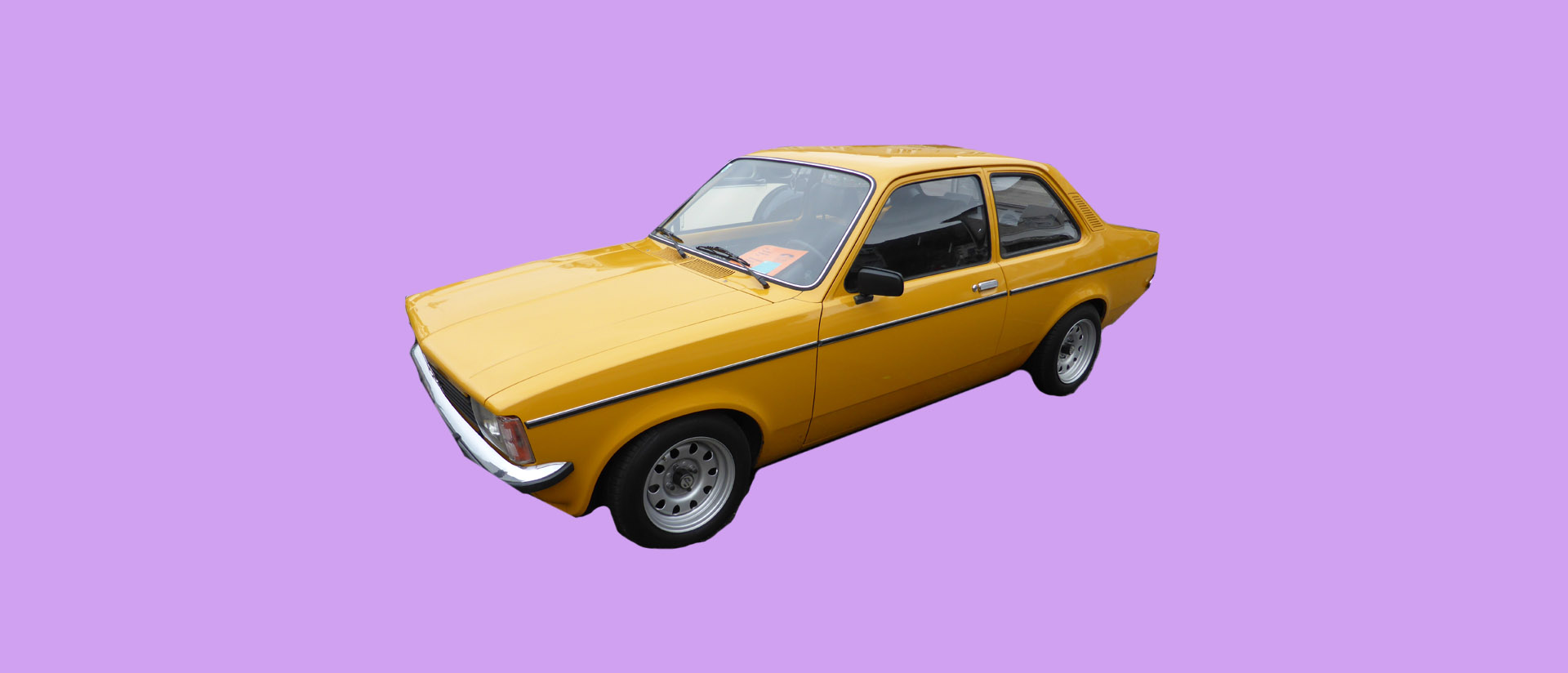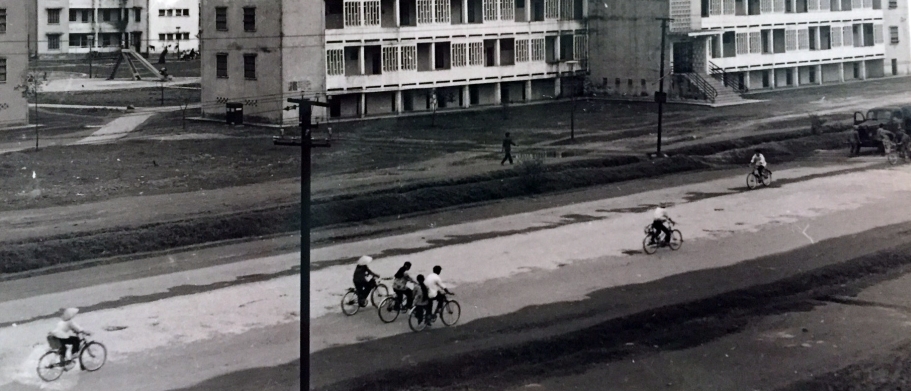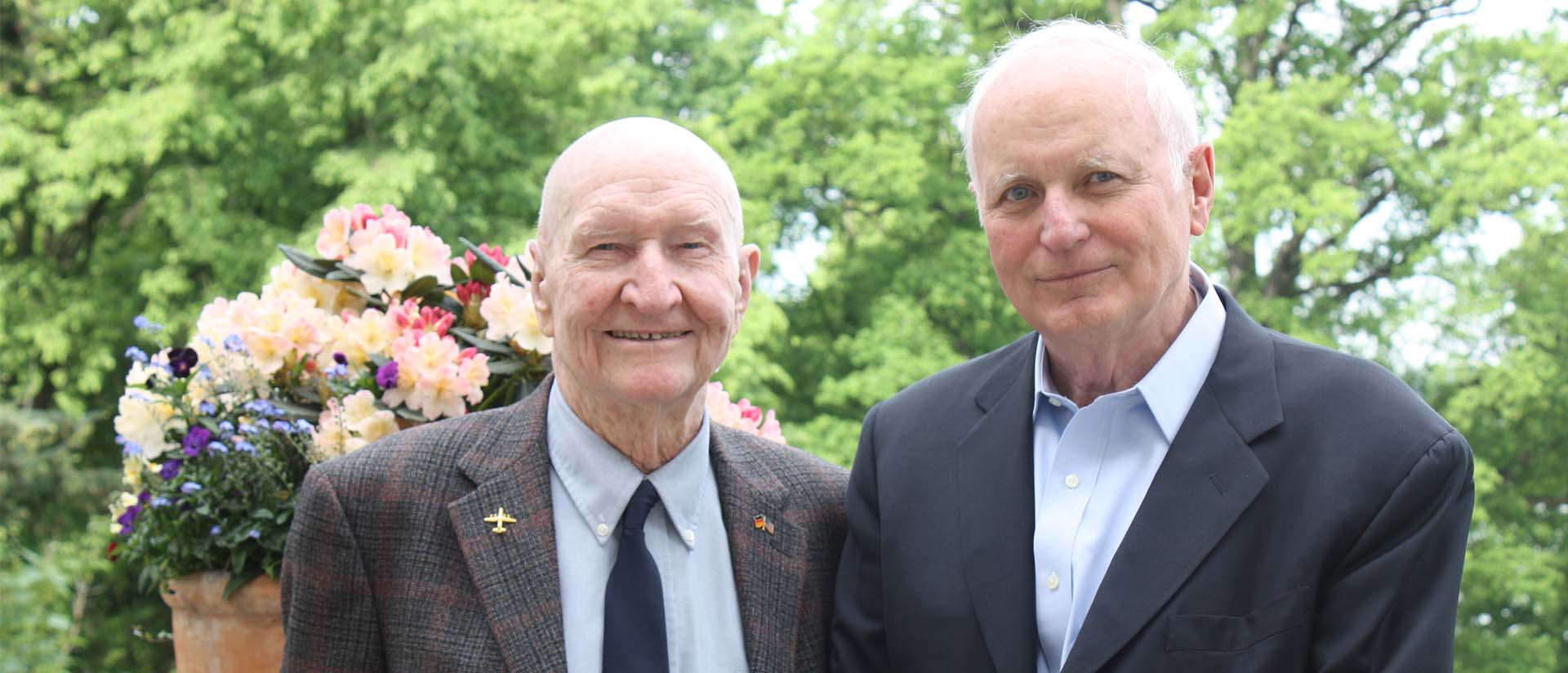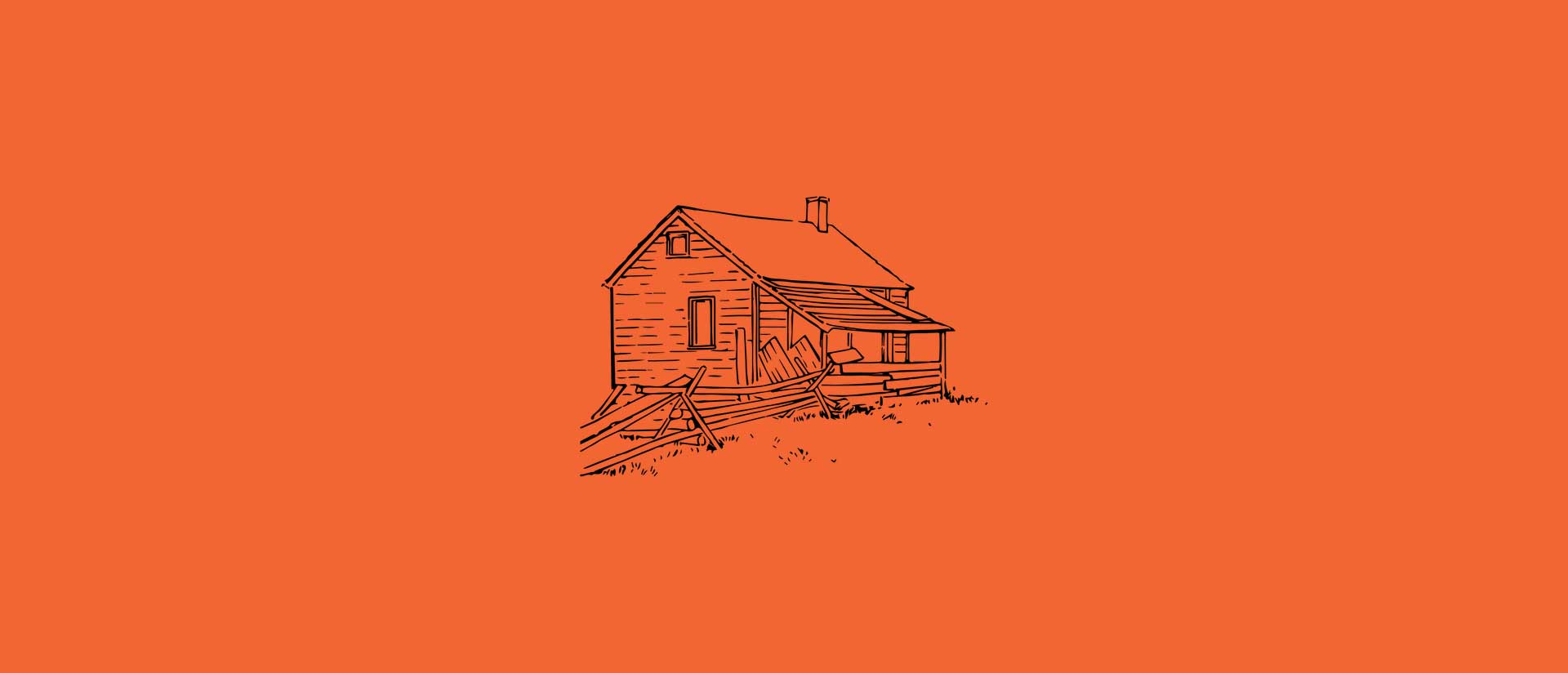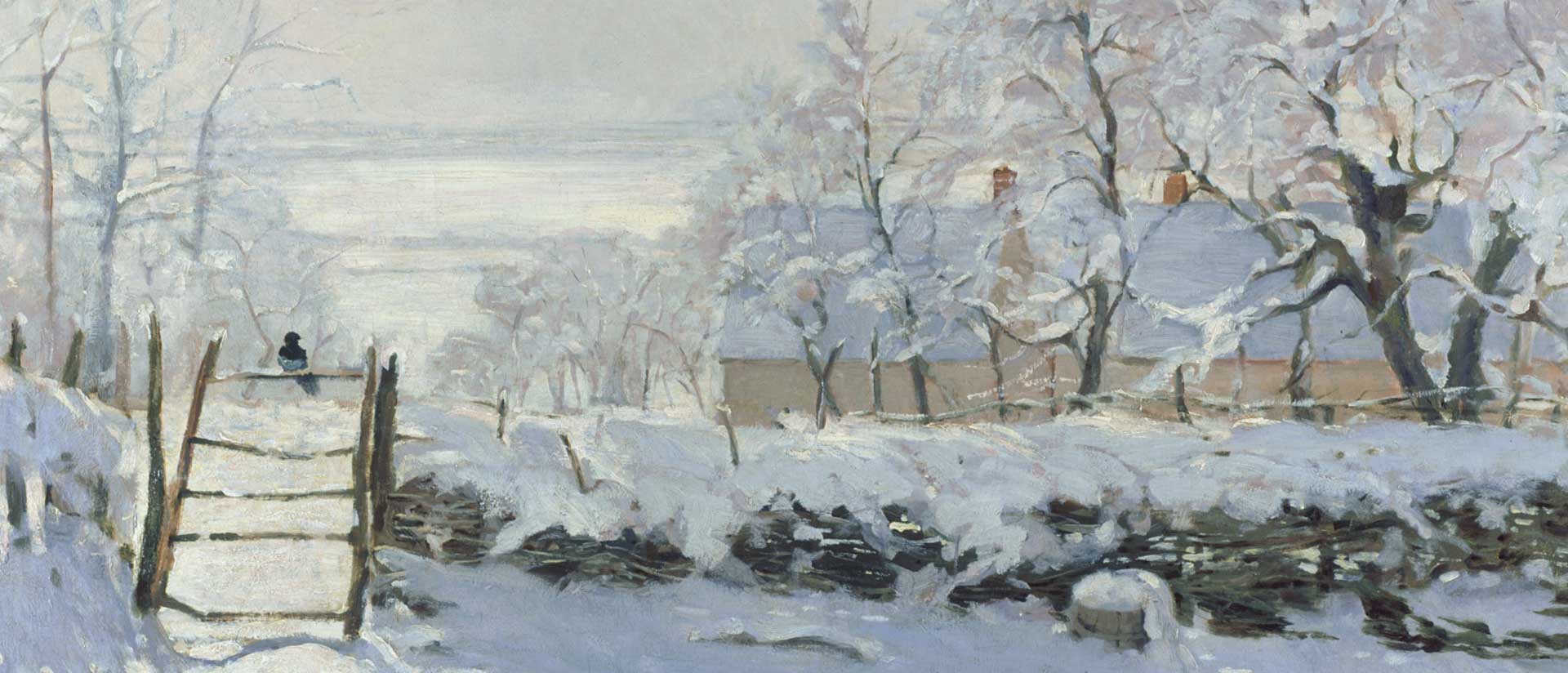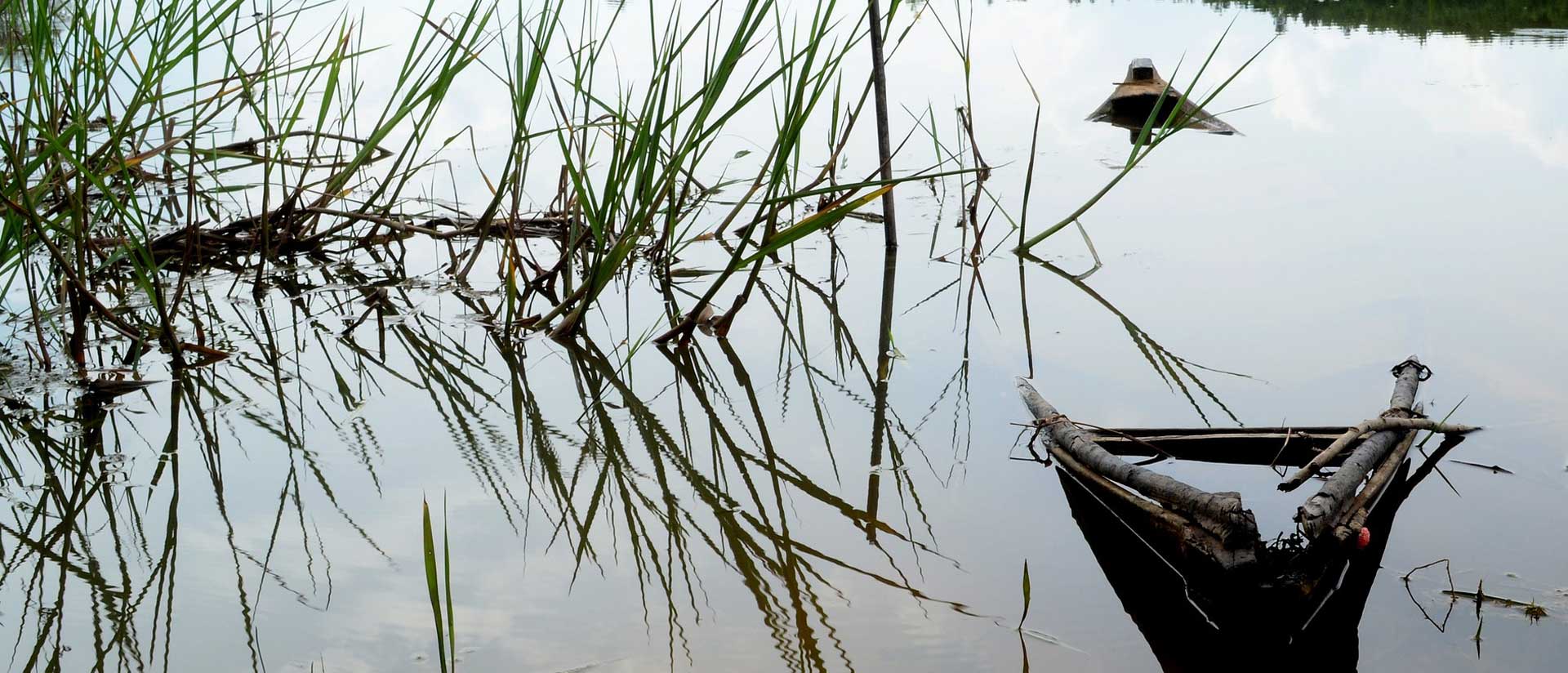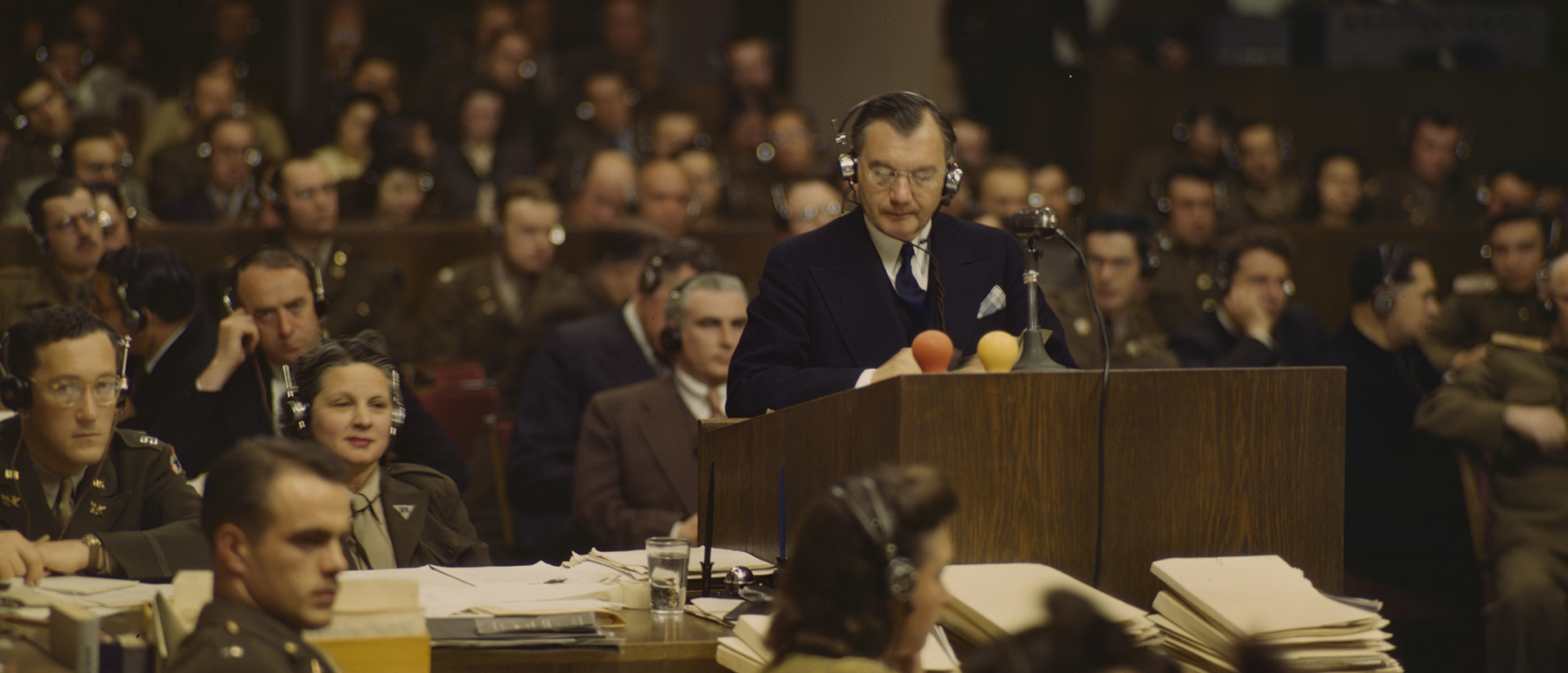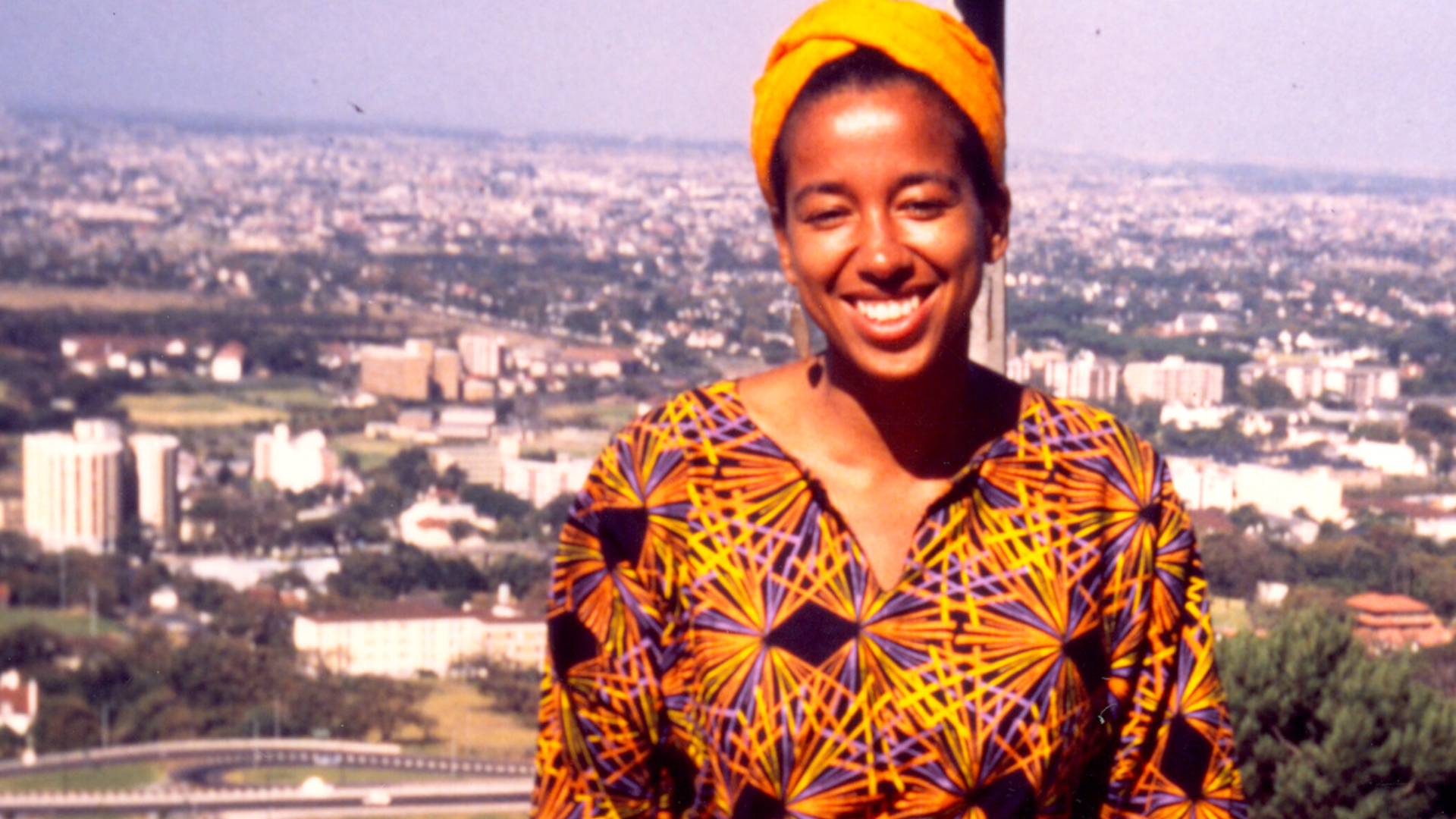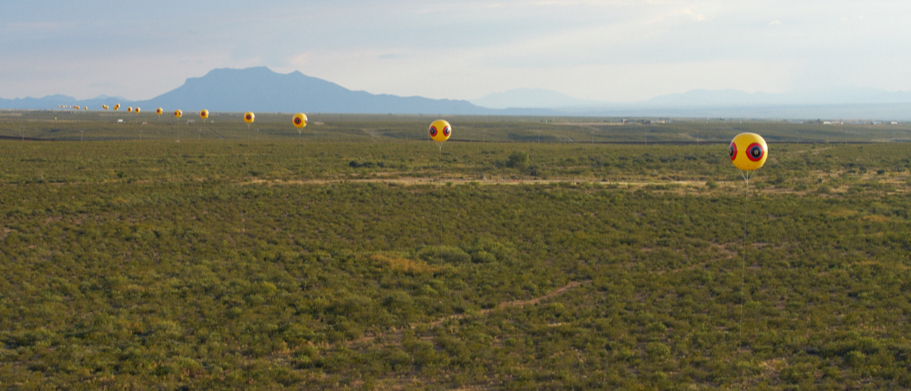
Performing Sound
An interview with Raven Chacon
Originally from the Navajo Nation, Raven Chacon is a composer of chamber music, performer of experimental noise music, and installation artist. He is a member of the Indigenous art collective Postcommodity, founded in 2007, and has also served as composer- in-residence for the Native American Composer Apprentice Project, where he taught string-quartet composition to hundreds of American Indian high-school students on reservations in the Southwest. In spring 2018, Chacon is the American Academy’s fellow in music composition.
Berlin Journal: In reference to your 2001 work Report, you speak of the weapons used as mechanisms for musical resistance. What does today’s musical resistance look like? What can it do?
Raven Chacon: Today’s musical resistance looks like a stage with a diverse ensemble of performers. People of color and women performing sound. It does not matter if the instruments are violins, drums, or shotguns, nor does it matter which end of the dynamic spectrum they are performing. Their very presence on the stage, when there was no place for them before, is the resistance. And even more so when the sounds they make aren’t for everybody.
The effect is different for different audiences. Some are afraid or confused as to why these people are making music. They have not seen people like this produce such challenging sounds. If they accept what they are seeing and hearing, they may want to assign extra-musical meaning for why these people are onstage. There should be no questioning of why they are onstage. They may try to link the performers’ identities or heritages to the sound, but this is not always necessary.
And yet others will see new worlds by seeing these performers (who look very similar to themselves) onstage, performing music most people would consider to be “noise.” New possibility will be revealed to younger musicians and composers, who have always been told that every sound has already been made, but are now seeing that that has been a lie.
Berlin Journal: Speaking of protest, the Dakota Access Pipeline inspired tens of thousands of people to descend upon Standing Rock in opposition. You were among the protesters. Why was this such a meaningful event?
Raven Chacon: I was at the Oceti Sakowin camp this fall, among the water protectors, but not necessarily as a protestor. I needed to go there as an Indigenous person alive in the twenty-first century. I had to go because I am not sure when that many Native people will congregate again. I am not sure when that many Native people will eat together in my lifetime. I am not sure I will be able to attend, if and when that many people from so many places are brought into the same space to pray. For the first time in a long time, the world remembered how many of us there can be.
Berlin Journal: You have created a body of work that is astounding in its variety, including chamber music pieces for traditional instrumentation, land art, noise pieces, and work on instruments of your own creation, as well as a wide array of collaborations. How would you describe the elements uniting your oeuvre? Or does such a question overvalue aesthetic coherence over diversity of expressive means?
Raven Chacon: Almost every work I am involved in utilizes sound as its primary carrier of metaphor. I have been fortunate to collaborate with a variety of artists so that sound and music can align with the forms that they are working in. There is no conscious (to me at least) effort to unite these works visually or formally; making sound or sometimes even more specifically, noise, is the end goal.
I prefer to work in collaborative situations, as these allow me to experiment in different mediums, to constantly learn new technologies, and to find new ways to use or not use sound.
Berlin Journal: With your artist cooperative Postcommodity you created Blind/Curtain (2017), an installation for the Neue Galerie at documenta14 that acted as a threshold for audiences to “cleanse themselves of the outside world, and prepare their hearts, minds, and spirits for engaging the transformative experience of documenta14.” Please tell us a bit more about what motivated the work—and if it worked.
Raven Chacon: Blind/Curtain is a welcoming for all visitors into one of the main venues of documenta14. It is a border, existing for those who are conscious of borders, and invisible to those people who are usually oblivious to them. While acting as a cleansing portal for those who enter, it also demarcates the line that exists in all art institutions that implies inaccessibility to what is housed inside the building. Art museums, concert venues, and lecture halls are not always welcoming.
Berlin Journal: What are you looking most forward to in Berlin?
Raven Chacon: I have visited Berlin a few times and I am in awe at the soft pace of a city with so much creative energy. I look forward to connecting with the multiple music and art communities that exist in Berlin. I look forward to learning from the diverse presences of people who will be attending the American Academy. I look forward to creating new work that can only be created there.
Photo: Aerial photograph of Repellent Fence/Valla Repelente, 2015, a large-scale, temporary, collaborative monument located near Douglas, Arizona, and Agua Prieta, Sonora, Mexico, created by the artist collective Postcommodity. Photo by Michael Lundgren, courtesy of Postcommodity

